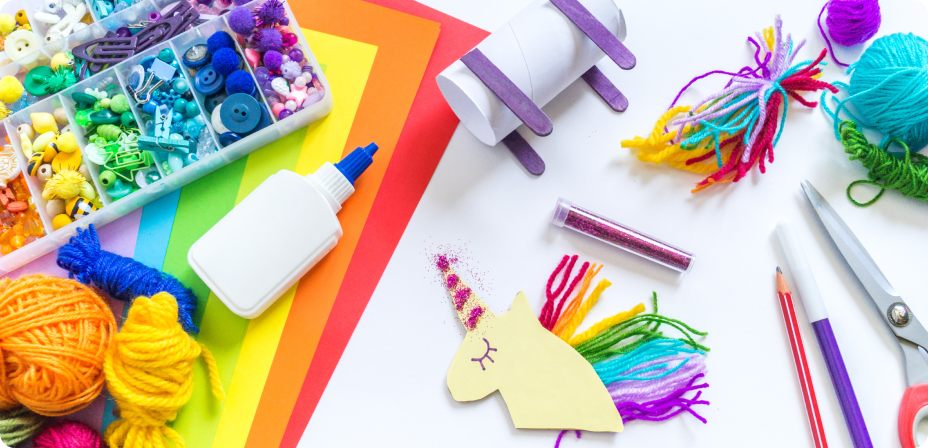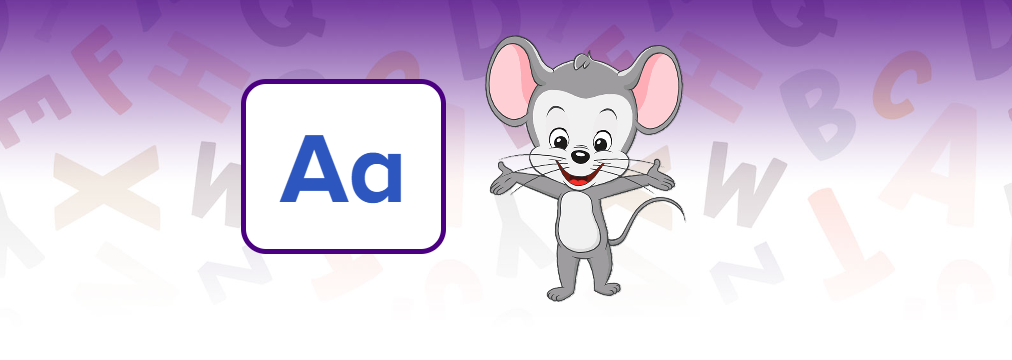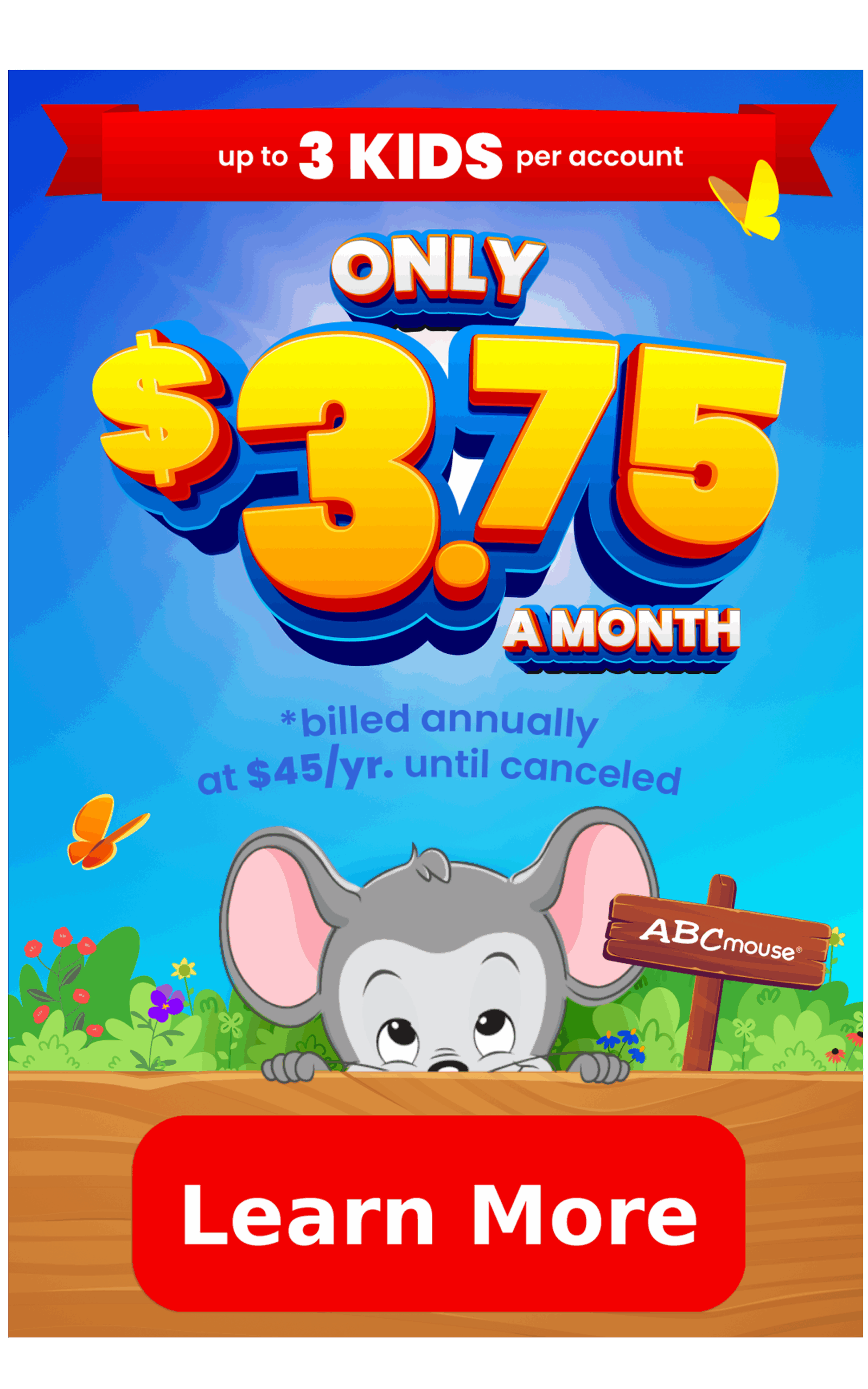

100+ Fun Florida Facts Kids Will Love to Learn
(Free Printable List)
Share
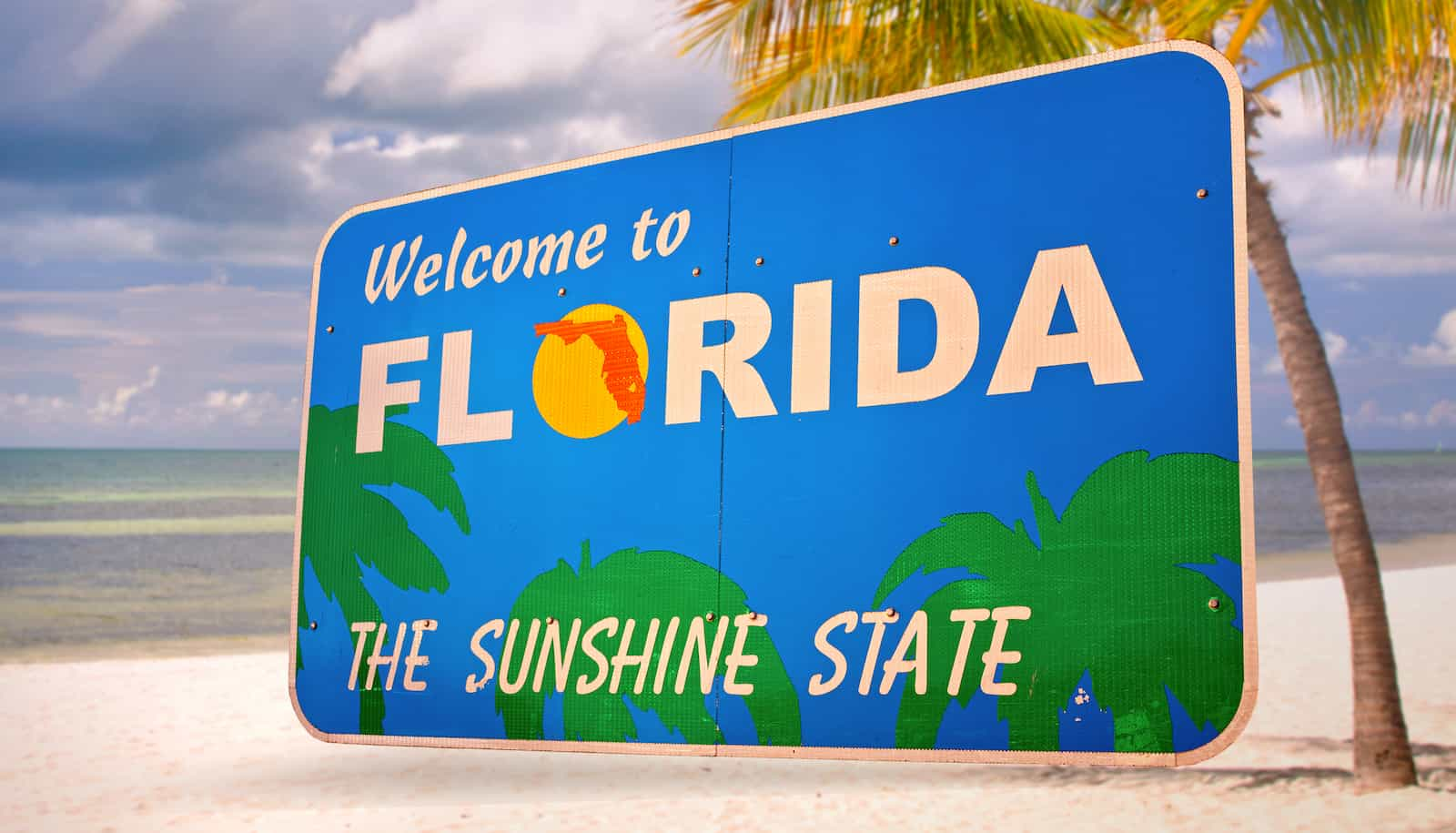
Welcome to the Sunshine State, with an average of 237 sunny days each year! Known for oranges, hurricanes, alligators, and Walt Disney World, Florida is an incredible place to explore. Learn all about it with interesting Florida facts on history, geography, and wildlife, plus find maps and other helpful illustrations.
Get all this information in one place with our free Florida facts printable. Use it in the classroom with students or to prep for a visit to this beautiful state!

FLORIDA STATE FACTS
State Nickname:
Sunshine State
Date of Statehood:
March 3, 1845
State Capital:
Tallahassee
State Animal:
Florida Panther
State Motto:
In God We Trust
State Beverage:
Orange Juice
State Wildflower:
Coreopsis
State Reptile:
American Alligator
State Butterfly:
Zebra Longwing
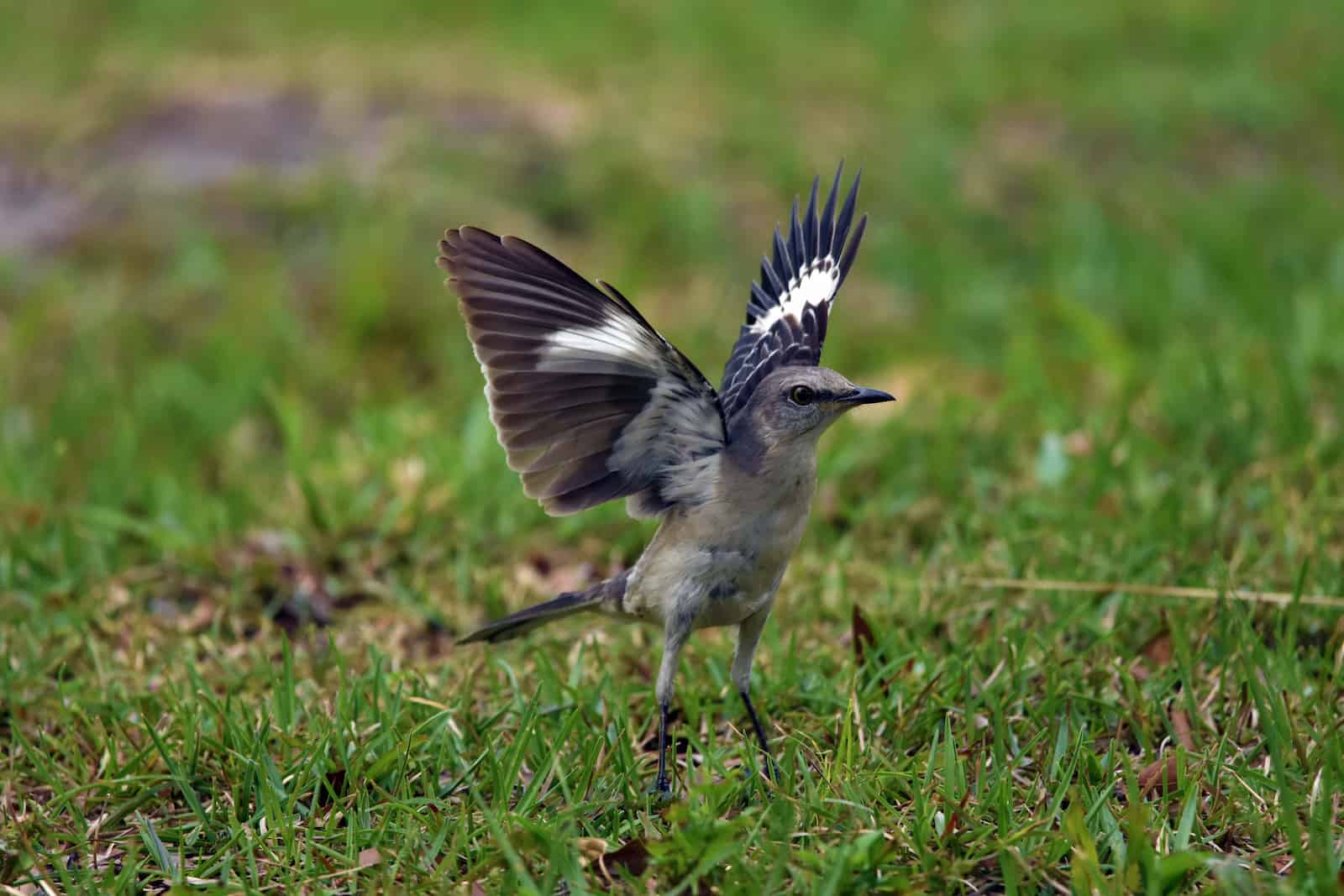
State Bird: Mockingbird
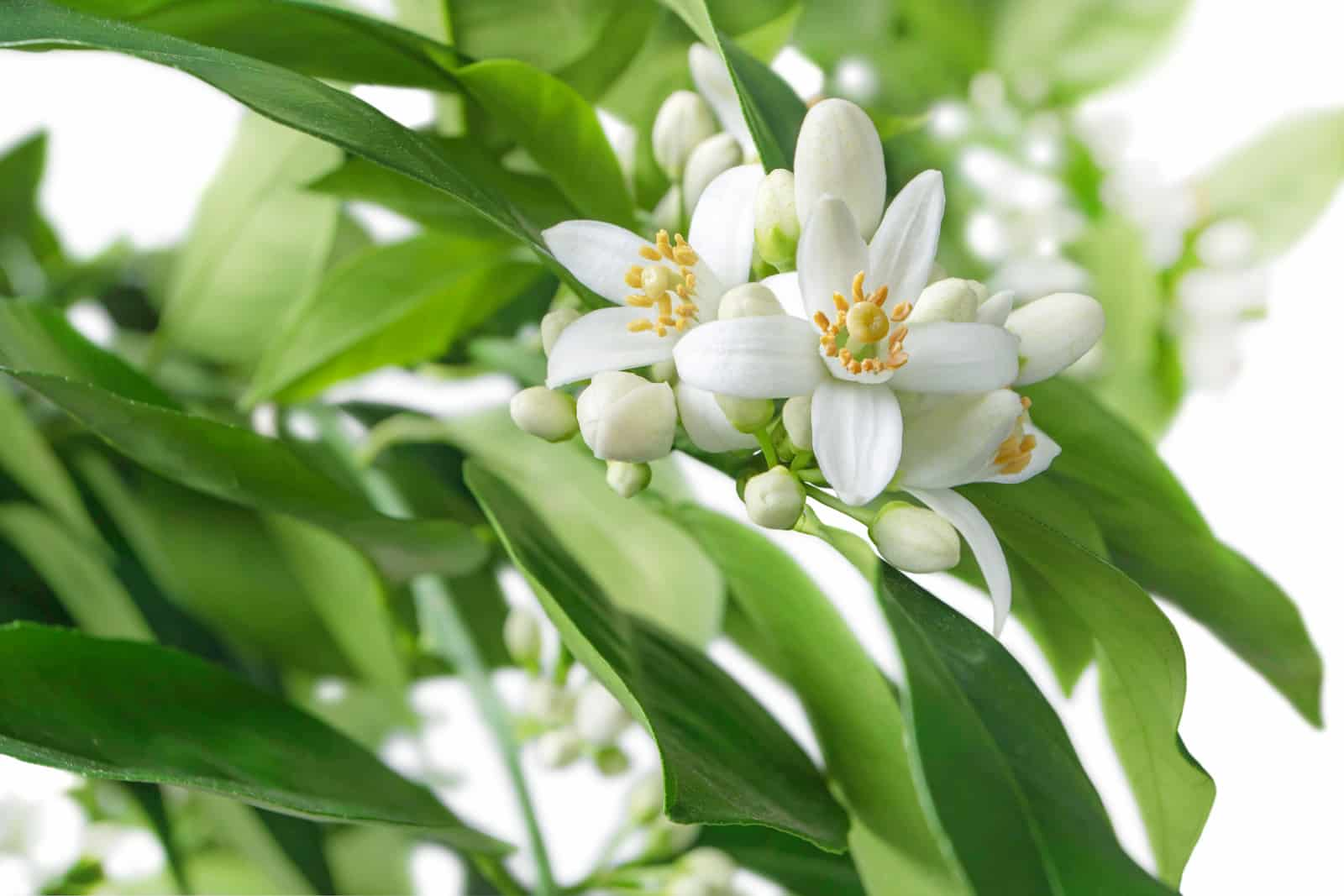
State Flower: Orange Blossom
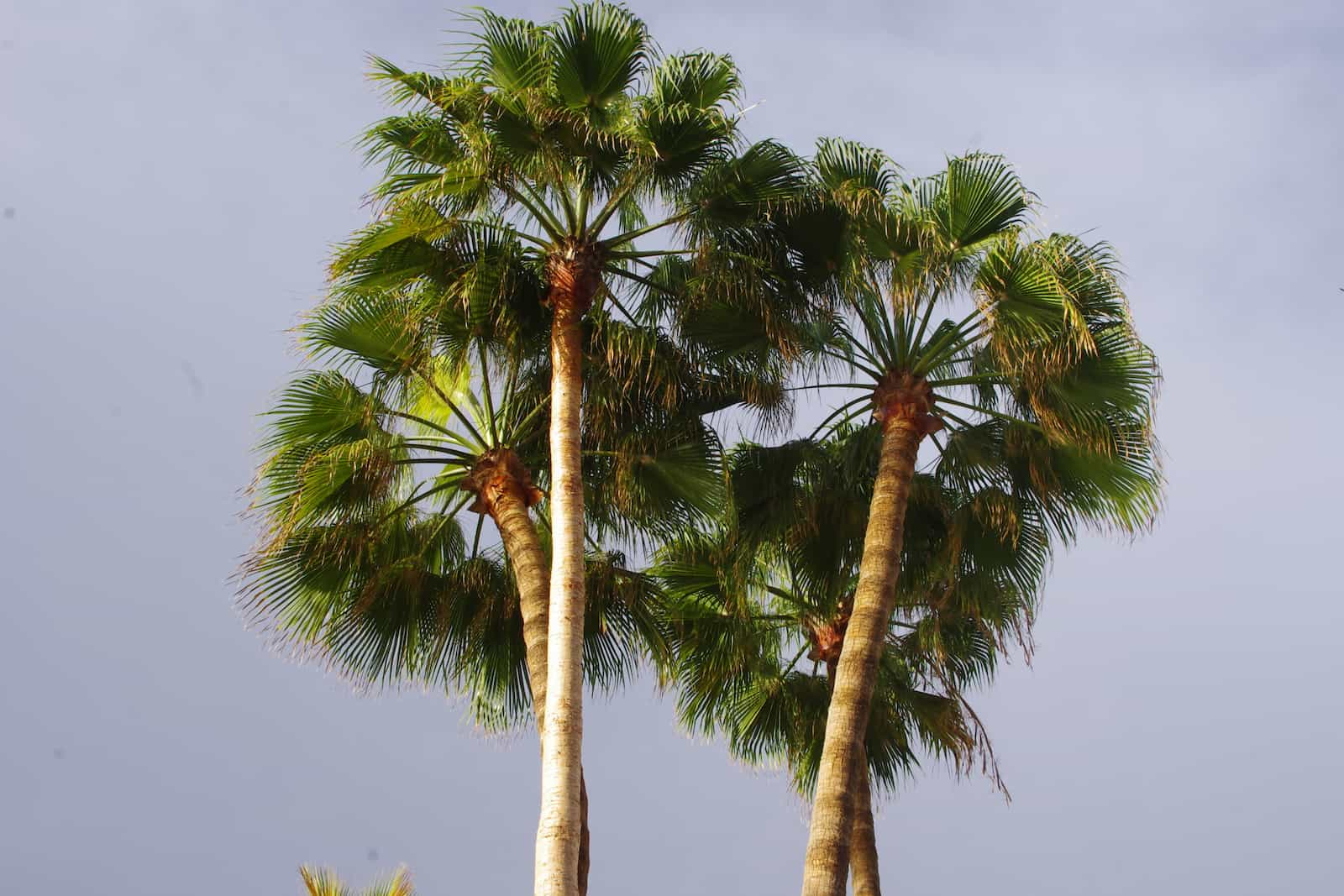
State Tree: Sabal Palm

State Flag:
Flag of Florida
?
DID YOU KNOW?
Florida’s flag was originally just the state seal on a white background. In the late 1890s, a red saltire—also known as St. Andrew’s Cross—was added so the flag wouldn’t resemble a white flag of truce when hanging still. The design was officially adopted by the Florida legislature in 1900.

FUN FACTS ABOUT FLORIDA
Fun Fact #1:
Florida ranks #26 in size in land area among U.S. states, at 53,997 square miles.
Fun Fact #2:
St. Augustine, Florida is the oldest city in the United States—it’s been continuously occupied since 1565. This beats Jamestown by 42 years, and the Plymouth Rock Pilgrims by 55 years.
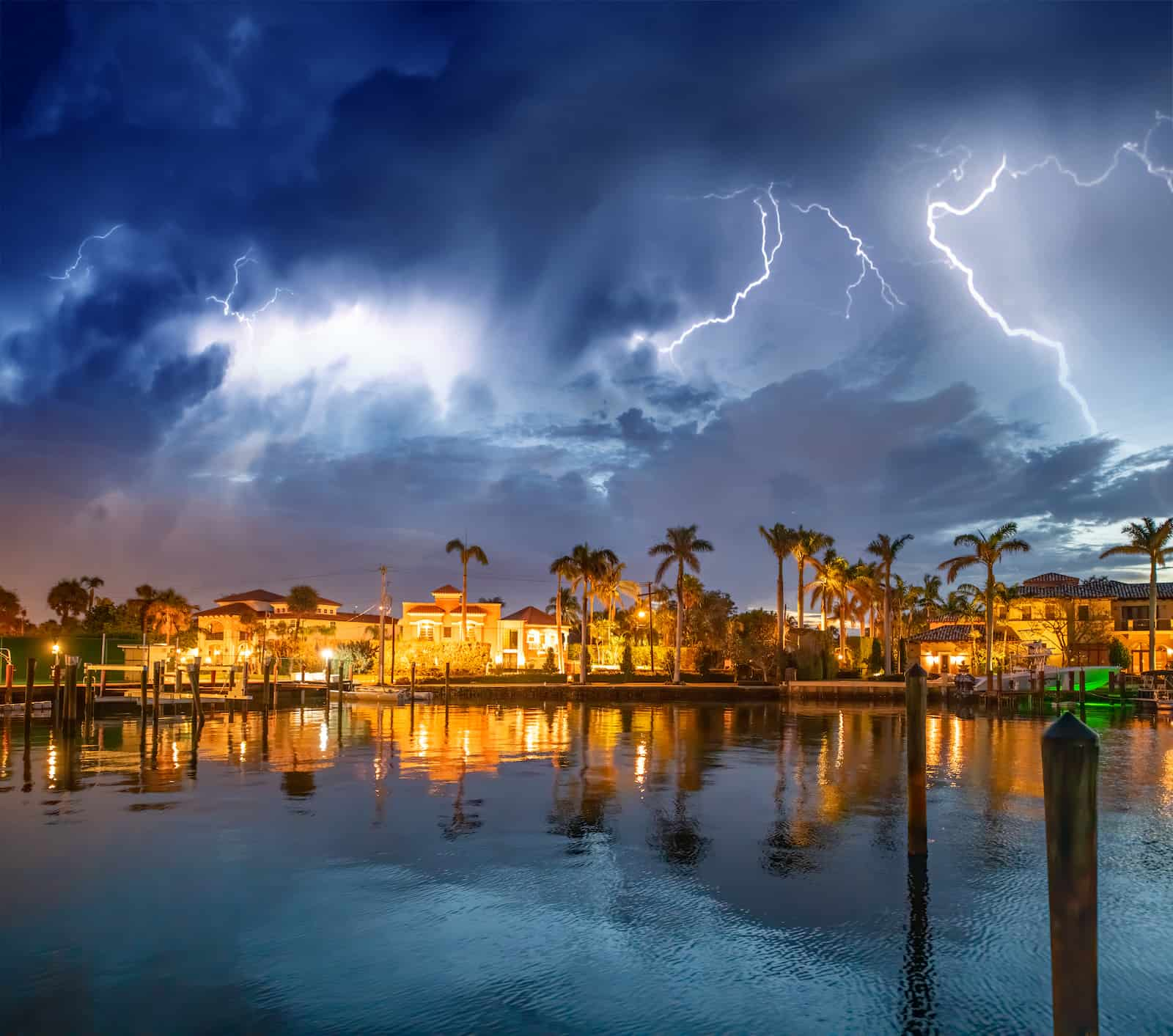
Lake Boca Raton during a storm.
Fun Fact #3:
Florida is known as the lightning capital of the United States, with an average of 1.2 million lightning strikes annually.
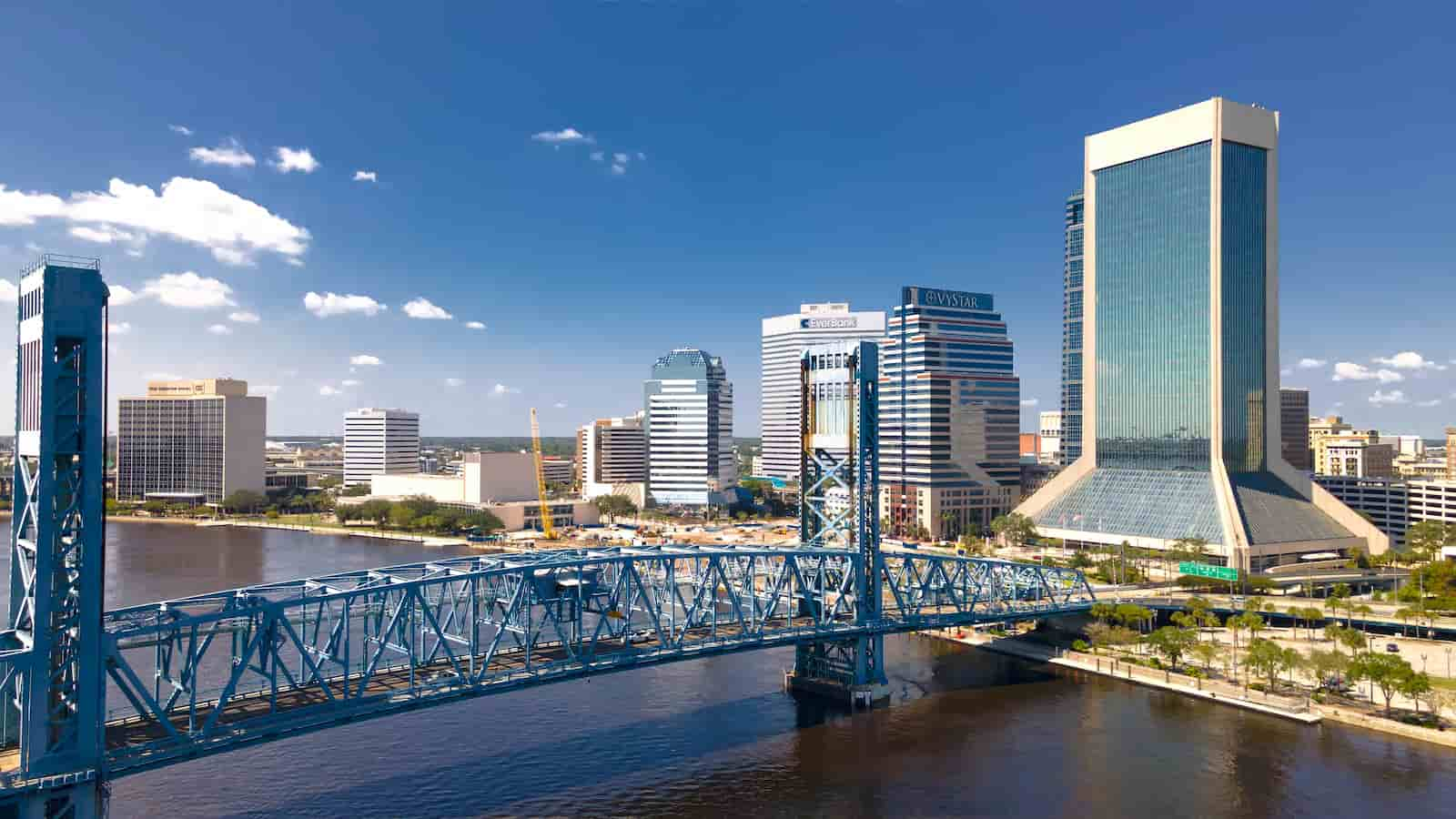
Jacksonville, Florida
Fun Fact #4:
The largest cities in Florida are Jacksonville, which has nearly a million people, followed by Miami, Tampa, and Orlando.

Crocodiles in the Everglades
Fun Fact #5:
Florida is the only place in the world where alligators and crocodiles live side-by-side. While the American alligator can be found in freshwater throughout Florida, the American crocodile mainly lives in south Florida, in brackish and saltwater. They coexist in Florida’s brackish water.
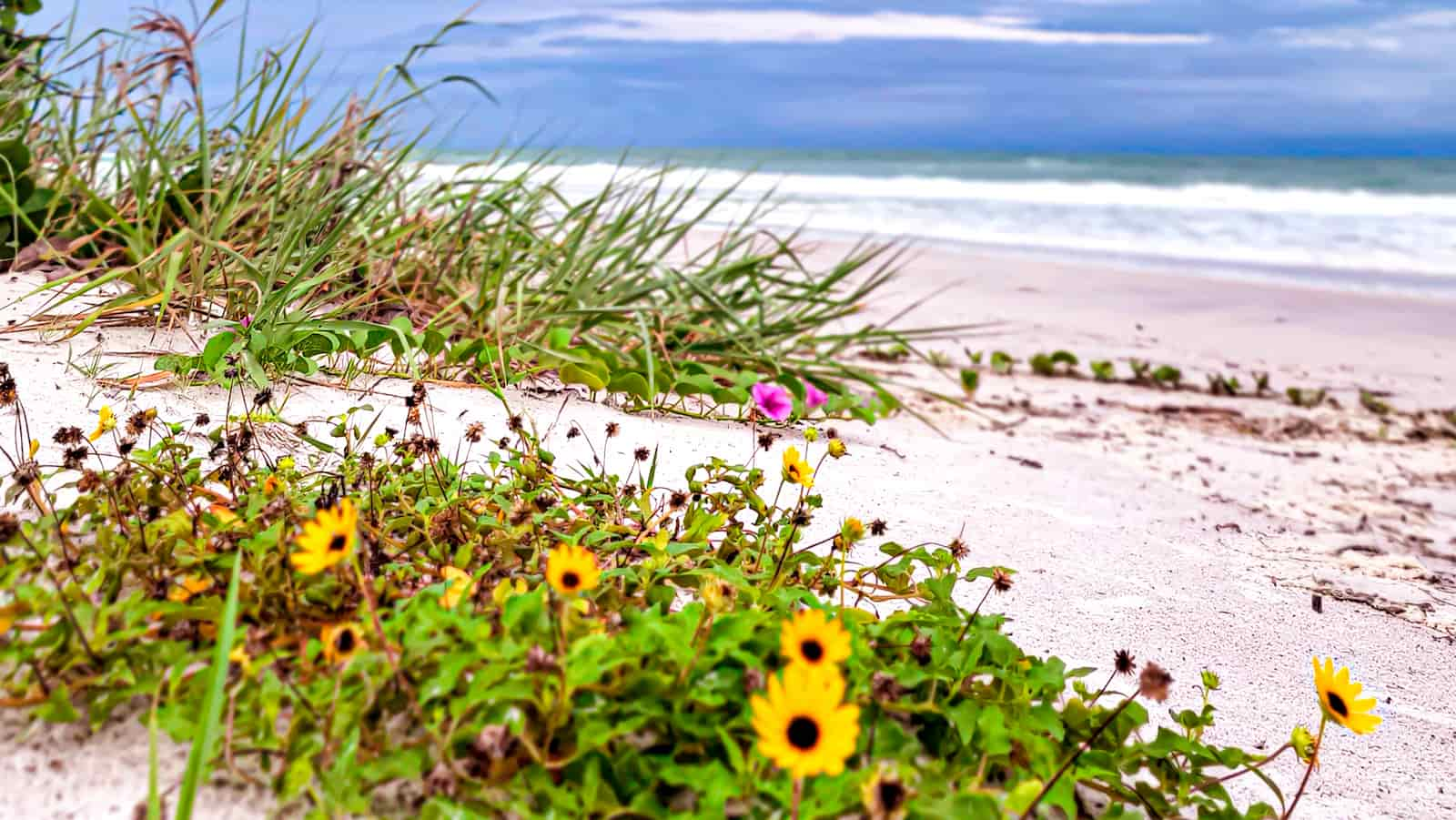
Redington Beach Florida
Fun Fact #6:
The Spaniards first called Florida La Florida, which means “place of flowers.”
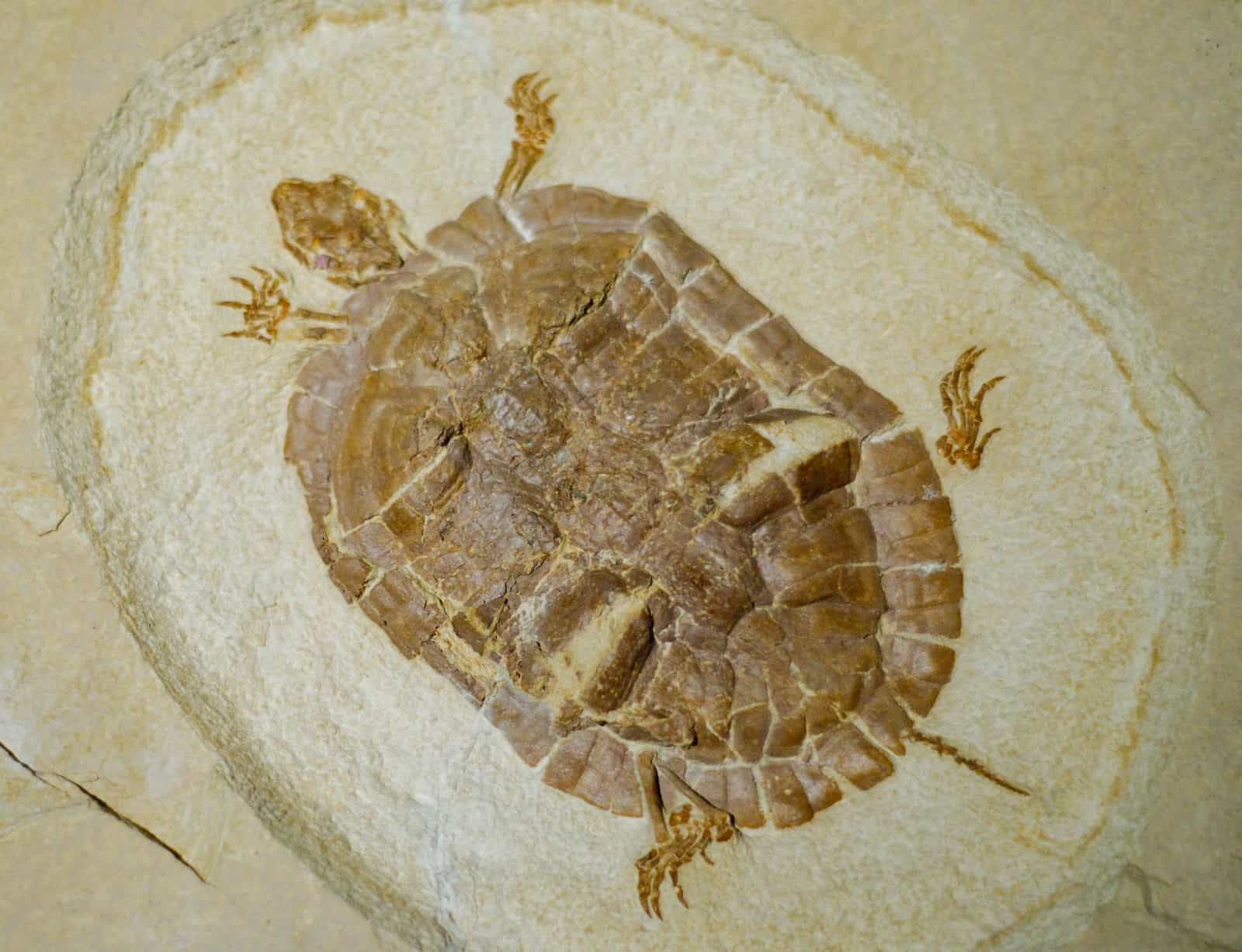
Turtle Fossilized in Sandstone
Fun Fact #7:
Florida has plenty of fossils, but none of them are of dinosaurs. During the age of the dinosaurs, Florida was completely underwater. The oldest fossil found in the state is of a sea turtle, from 100 million years ago.
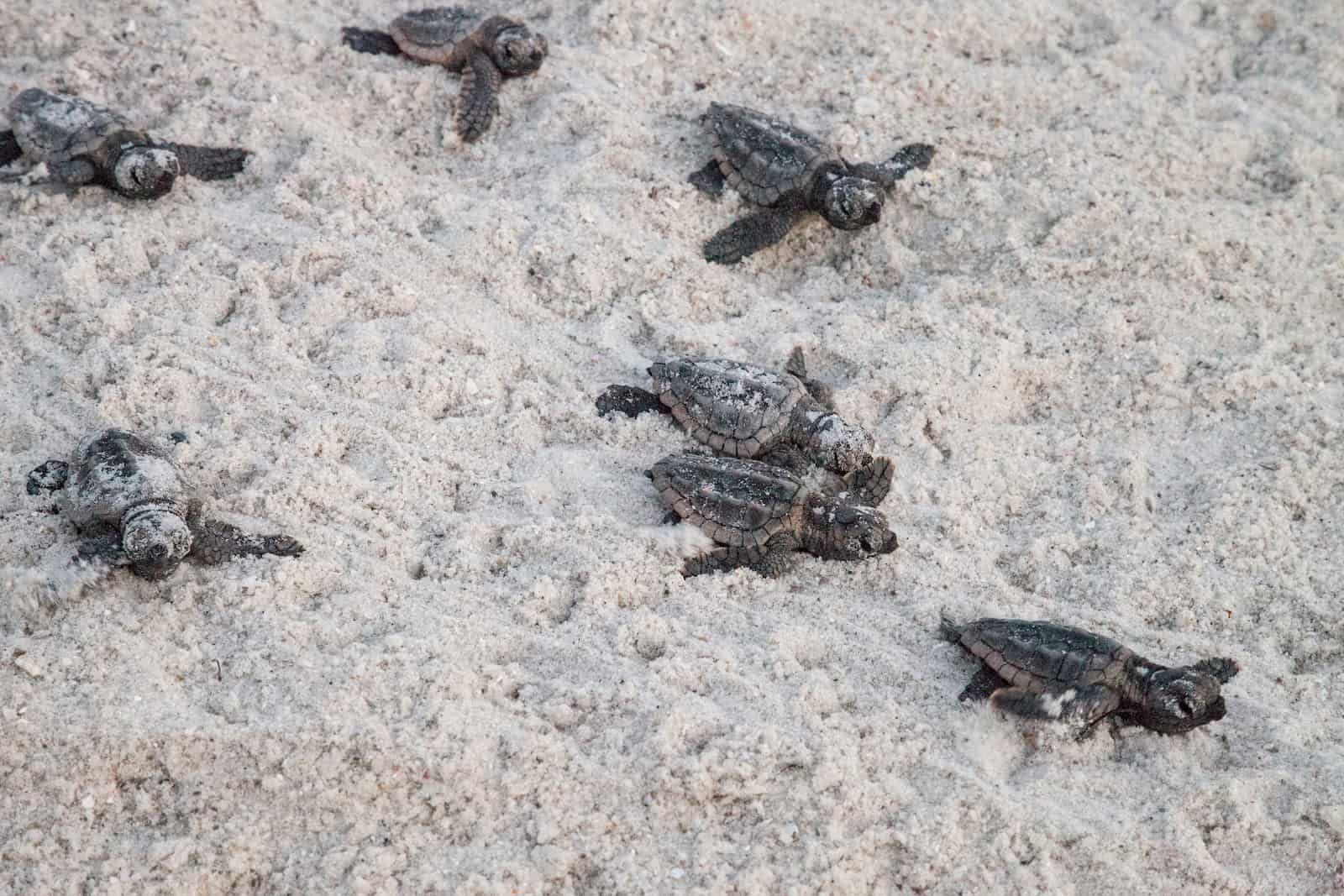
Baby Loggerhead Sea Turtles
Fun Fact #8:
Today, sea turtles still love Florida! Three different species regularly crawl ashore here to lay their eggs on its sandy beaches: loggerheads, leatherbacks, and green turtles. (A few Kemp’s ridley and hawksbill turtles nest here too.)
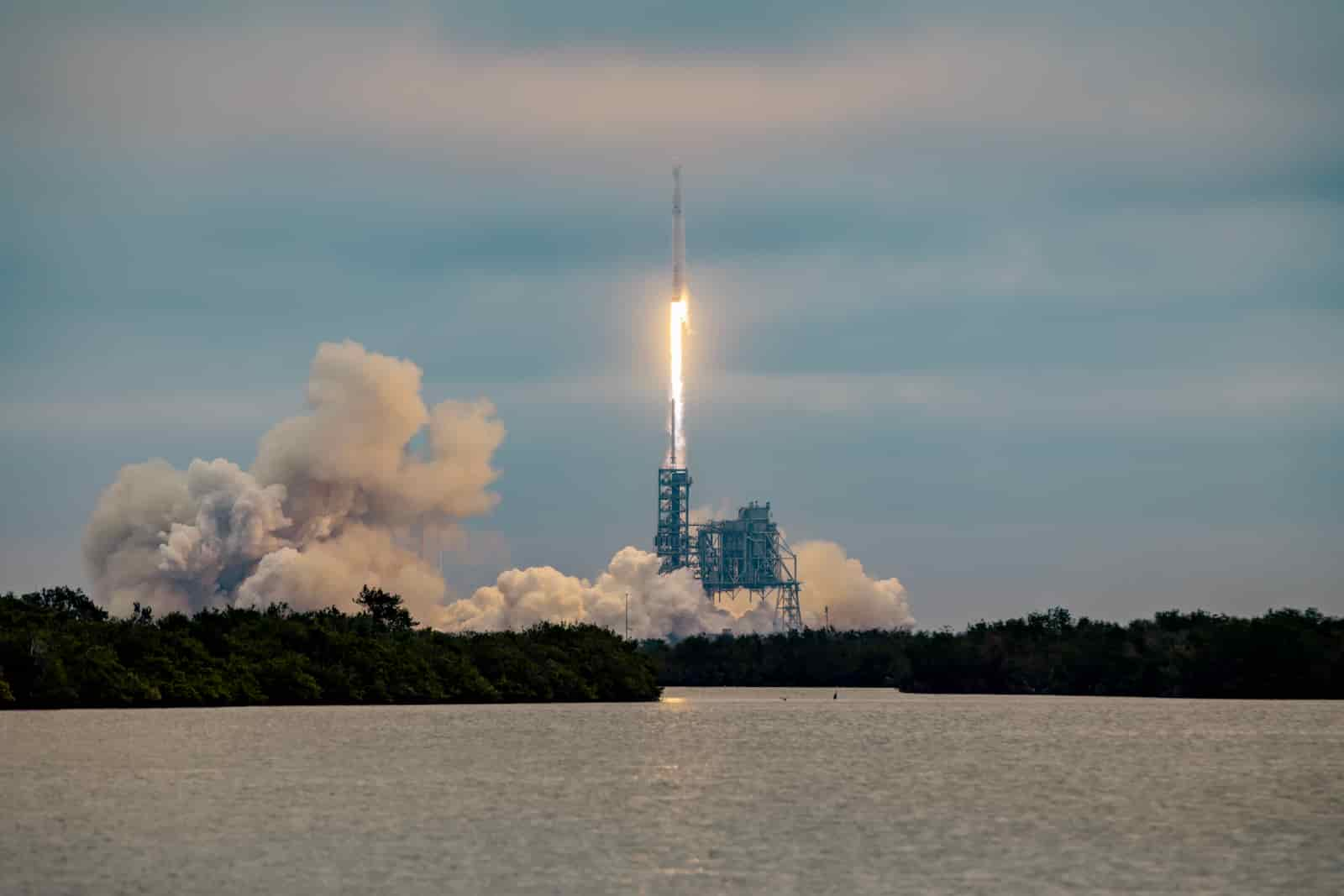
Falcon 9 Launch in Cape Canaveral
Fun Fact #9:
Florida’s major industries include tourism and agriculture. The state is also known for aviation and aerospace, with many rocket launches happening from Kennedy Space Center and nearby Cape Canaveral Space Force Station.

Fun Fact #10:
Did you know that it actually snowed in Florida in 1977? People in Miami saw snowflakes for the first time ever—it was so rare that some kids thought it was sugar falling from the sky!

FLORIDA GEOGRAPHY FACTS
Regions:
Coastal Plains, Central Highlands, Florida Everglades, Panhandle, Florida Keys
Climate:
Humid subtropical to tropical
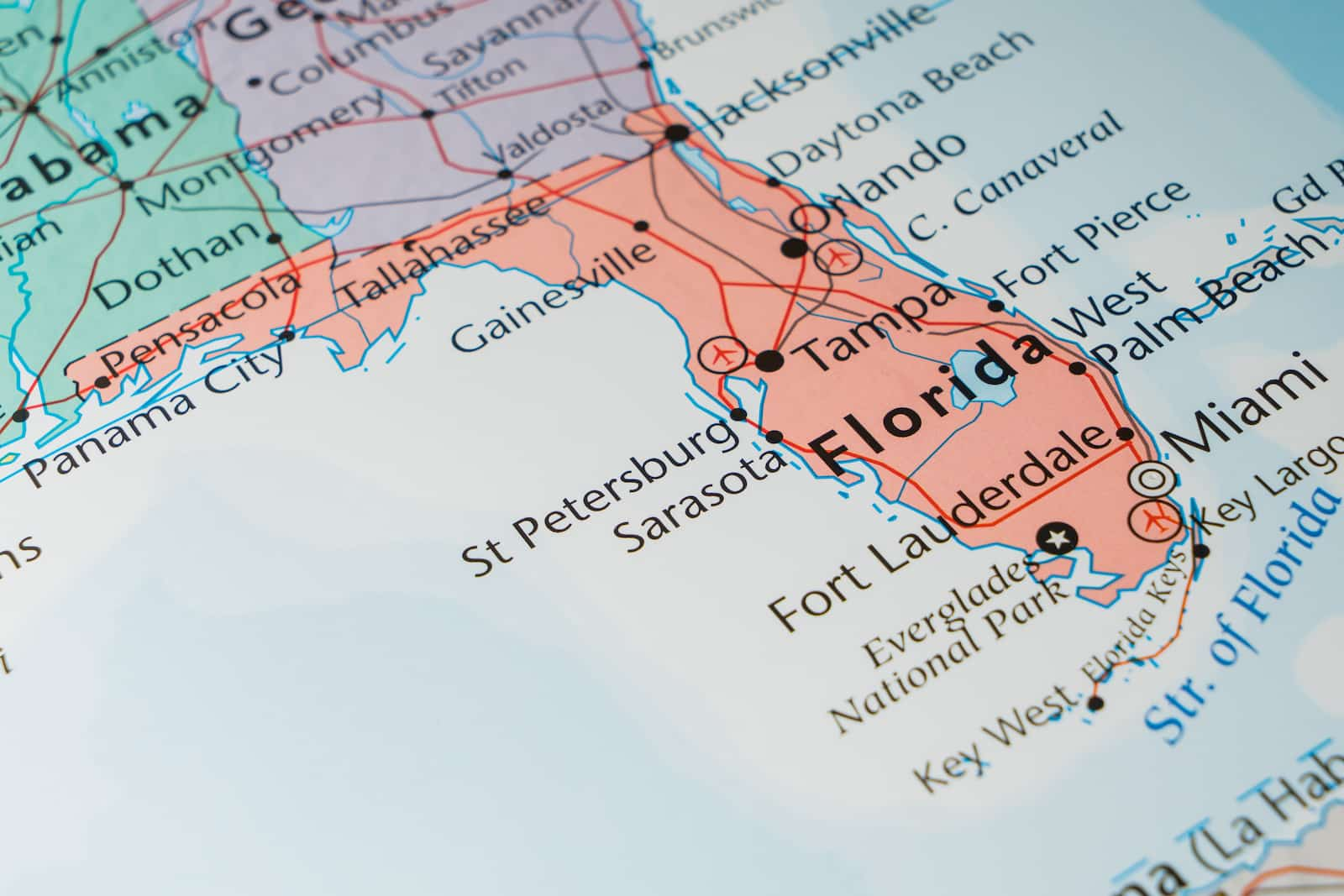
Location:
Florida is bordered by Georgia and Alabama to the north, the Atlantic Ocean to the east, the Gulf of Mexico to the west, and the Straits of Florida to the south.
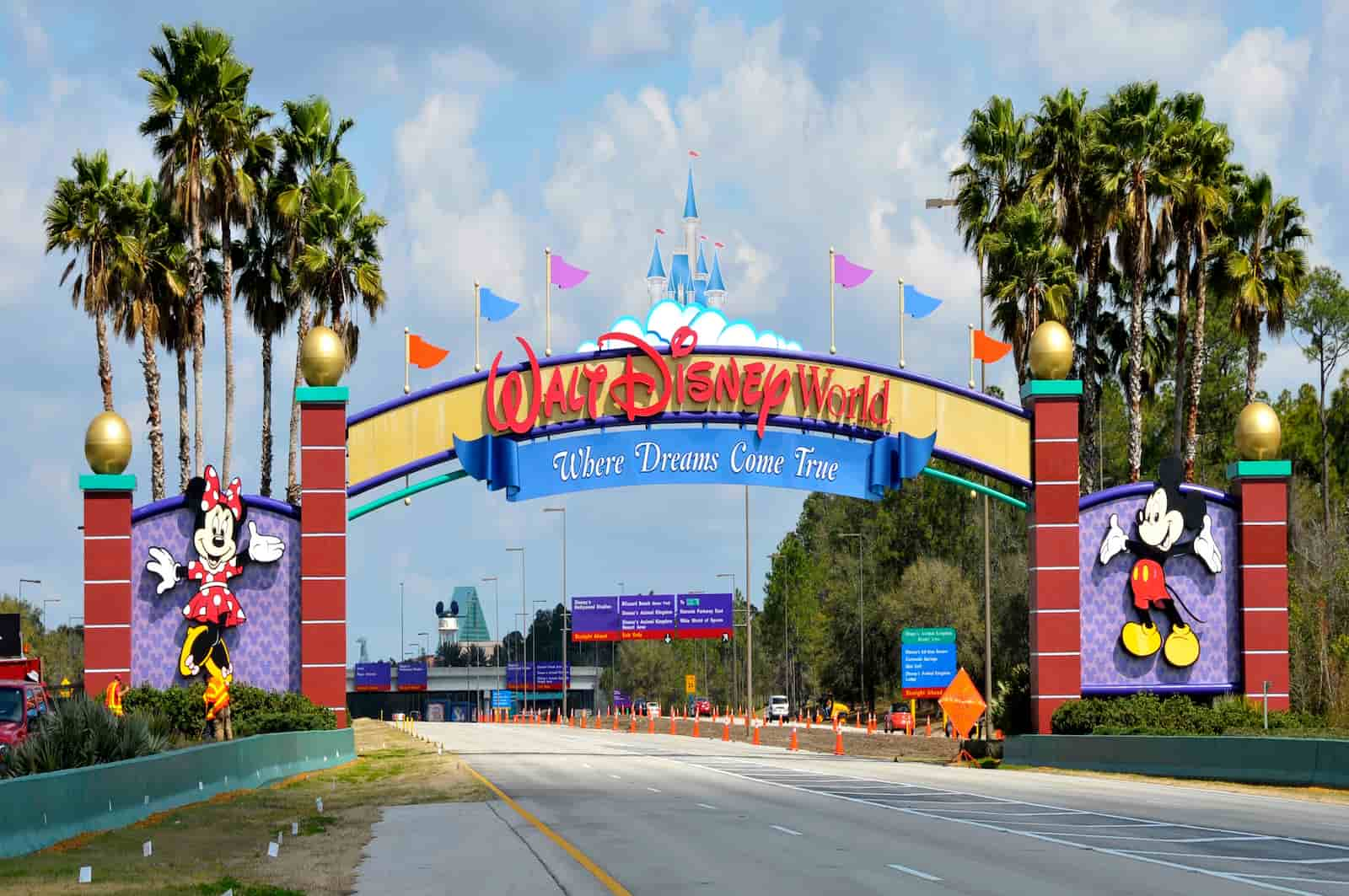
Entrance to Walt Disney World
Landmarks:
DisneyWorld, Kennedy Space Center, South Beach, Castillo de San Marcos, Seven Mile Bridge, Sunshine Skyway Bridge, Ocala National Forest, Weeki Wachee Springs, Florida Reef

Coral Reef in Biscayne National Park
National Parks:
Everglades National Park, Biscayne National Park, Dry Tortugas National Park
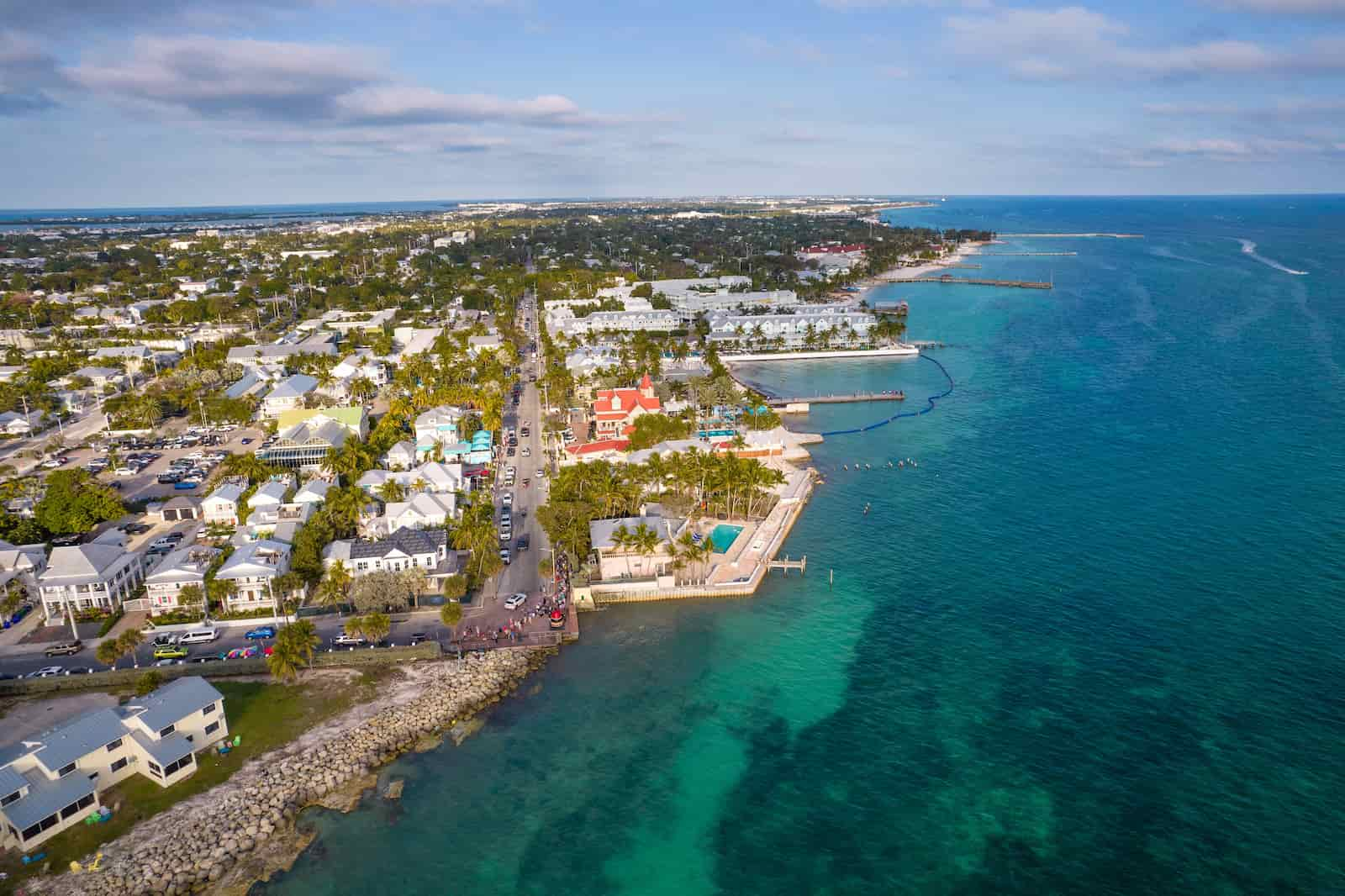
Aerial View of Key West
Florida Keys:
This curved chain of small islands stretches 225 miles from the southern tip of Florida’s mainland to the Dry Tortugas in the Gulf of Mexico. Key West, at its lower end, is the southernmost point in the continental United States.
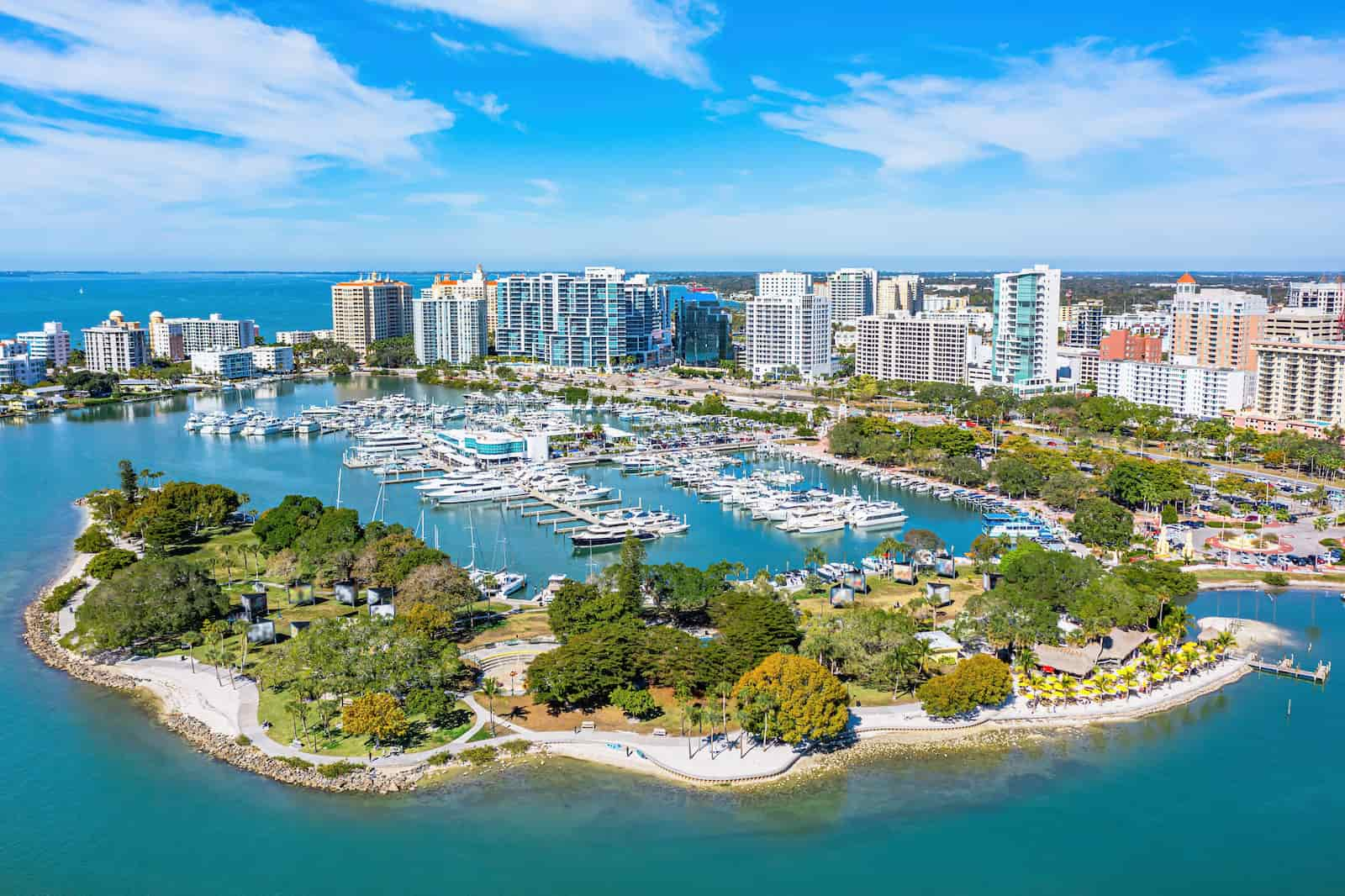
Sarasota Florida
Ocean Front:
Florida has the second longest coastline (after Alaska) in the U.S. When you add in all the islands, inlets, and bays, the coastline totals 8,436 miles!
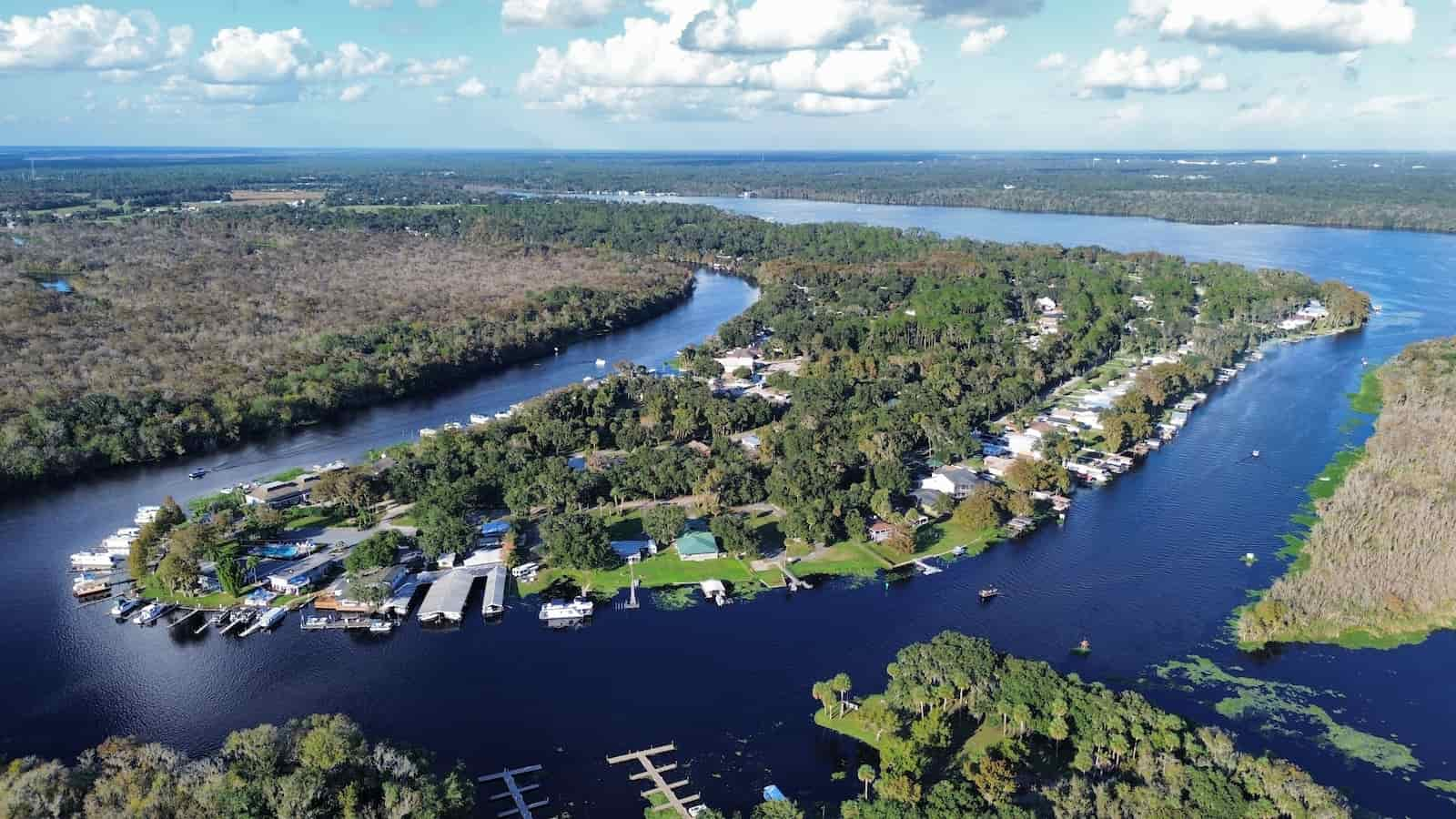
St John’s River, Deland Florida
River Systems:
The longest river in Florida is the St. Johns River, which stretches nearly 300 miles. There are nearly 26,000 miles of rivers in the state. Other major river systems include the Suwannee, Apalachicola, Peace, Withlacoochee, St. Mary’s, and Ocklawaha.
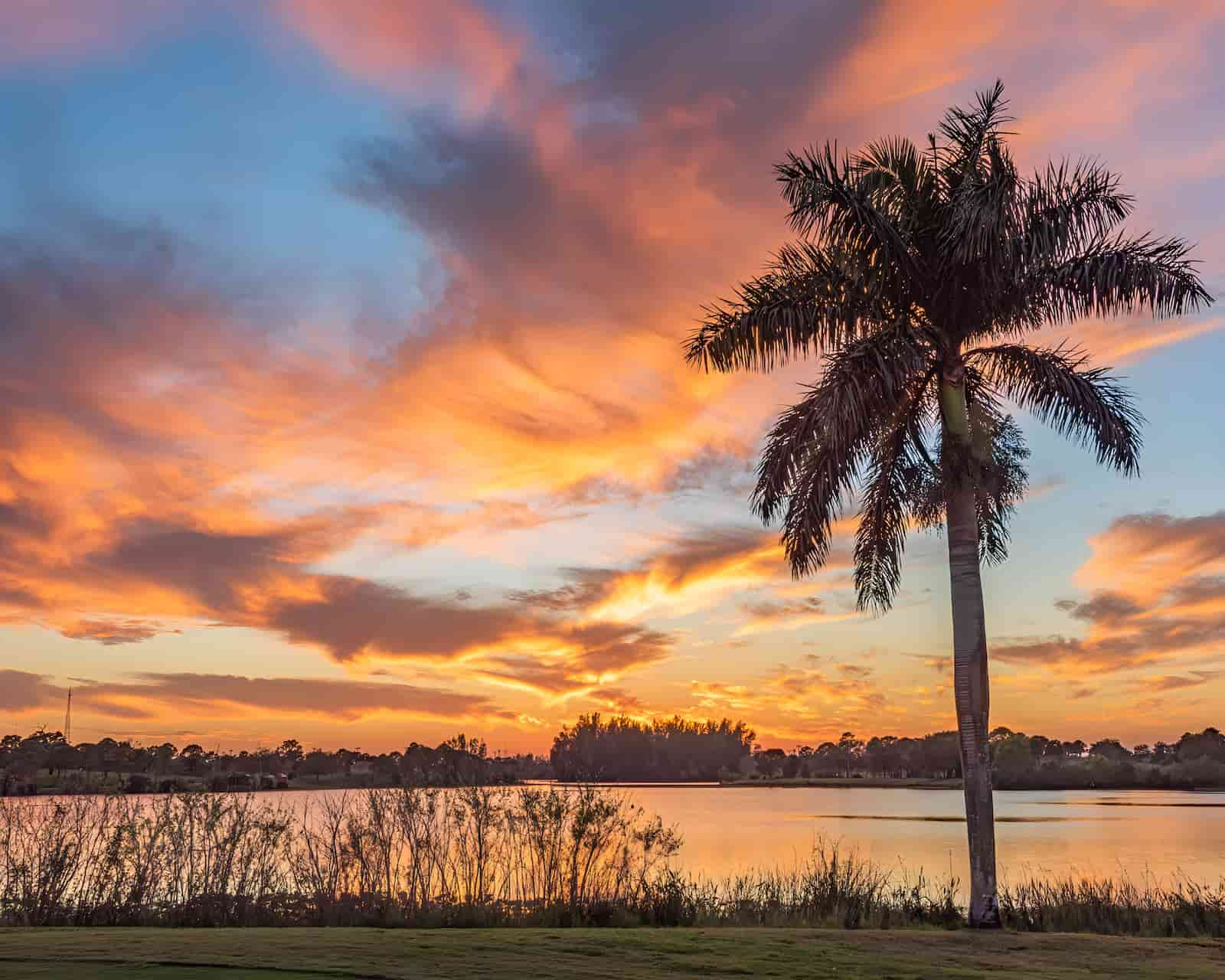
Sunset on Lake Okeechobee
Lakes:
Florida’s largest freshwater lake is Okeechobee. It’s about 35 miles long and is the third largest freshwater lake contained entirely inside the U.S. Okeechobee is the Hitchiti Indian name for “big water.”
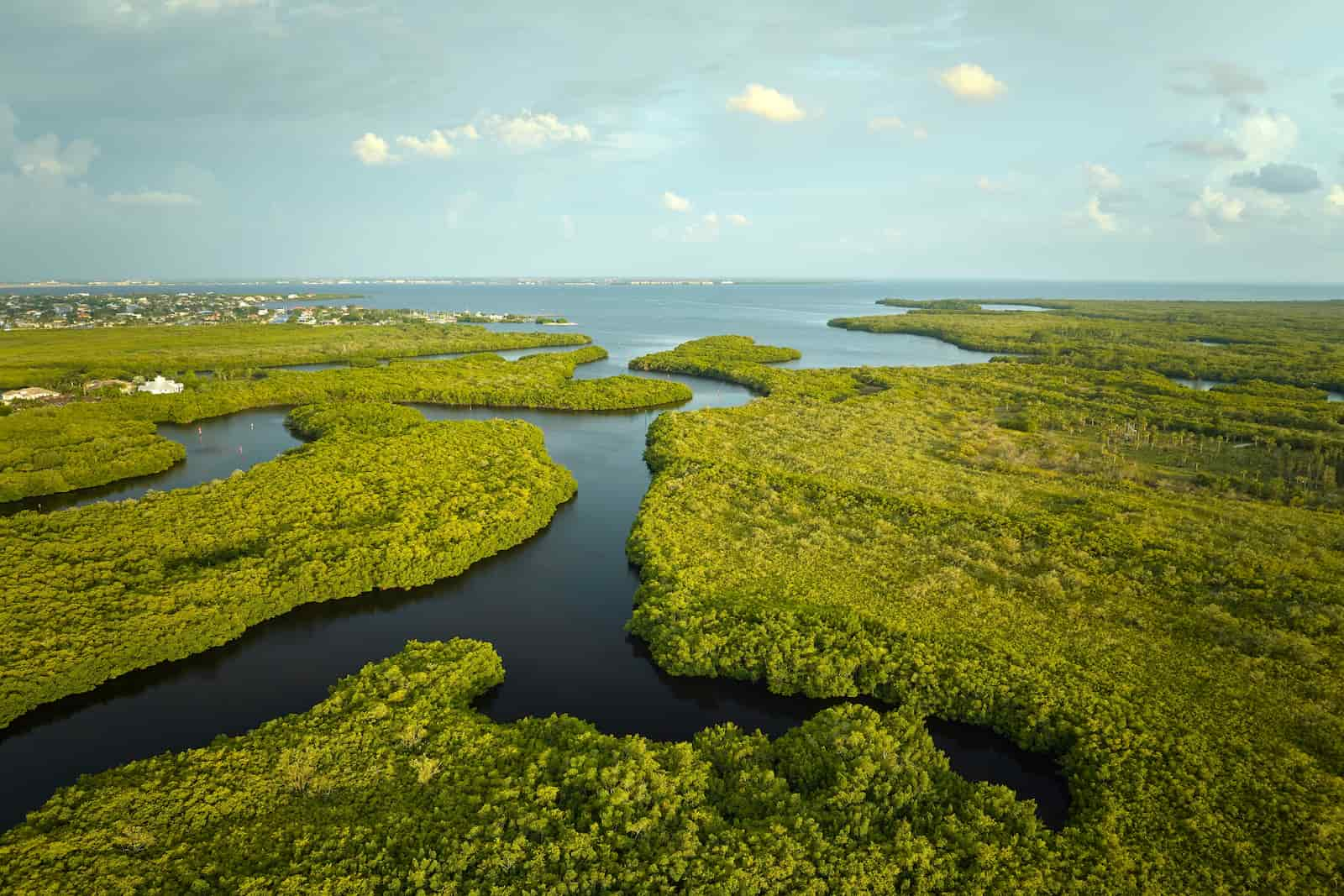
Everglades Swamp
Florida Everglades:
The Florida Everglades is a vast wetland ecosystem in southern Florida, filled with sawgrass marshes, mangroves, and diverse wildlife. Though sometimes called a swamp, the water here is actually always on the move (though very slowly) toward the south—a phenomenon known as “sheet flow.”
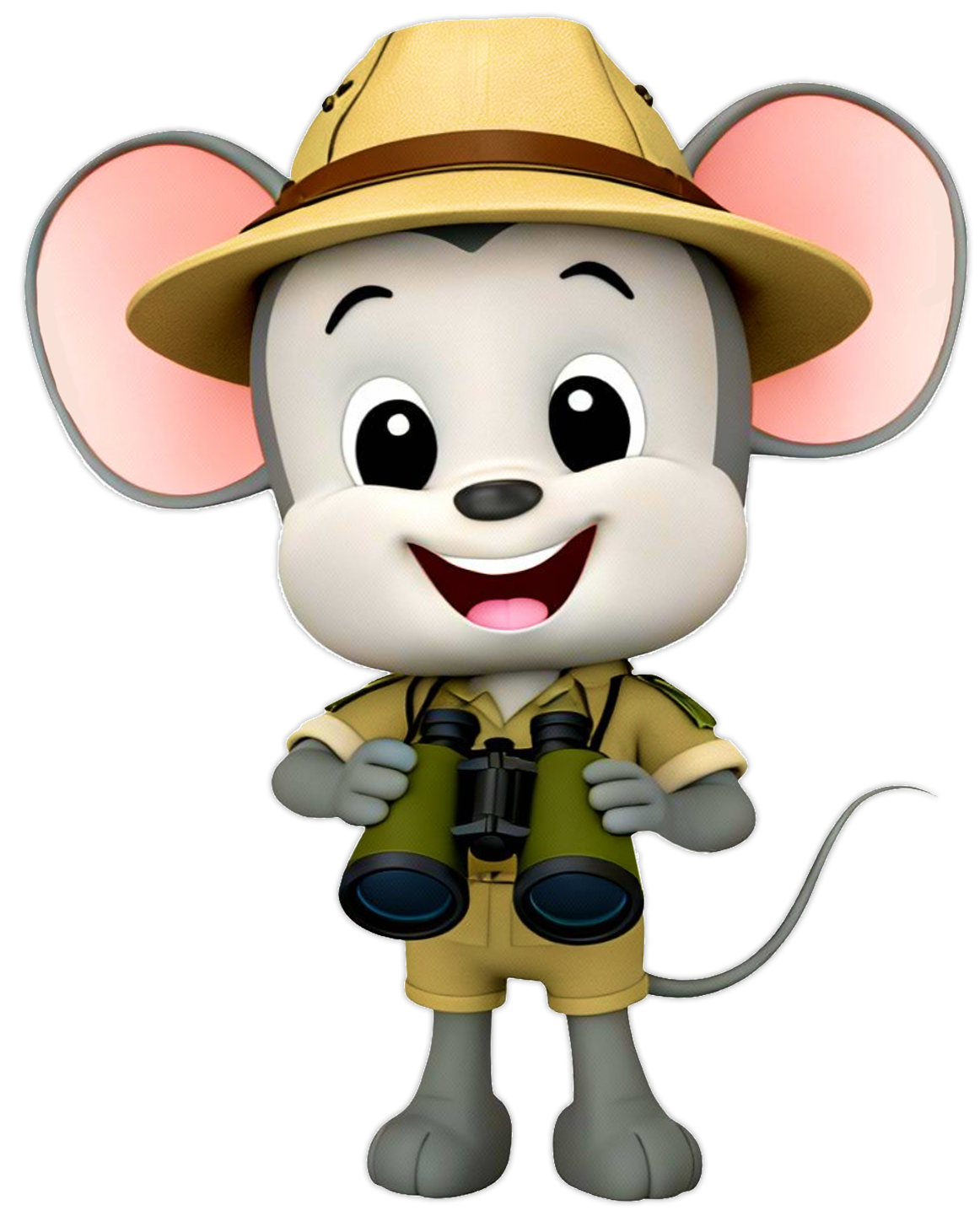
Highest Point:
Britton Hill is 345 feet above sea level. It’s the lowest “highest point” of any state in the U.S.

FLORIDA WILDLIFE & NATURE FACTS
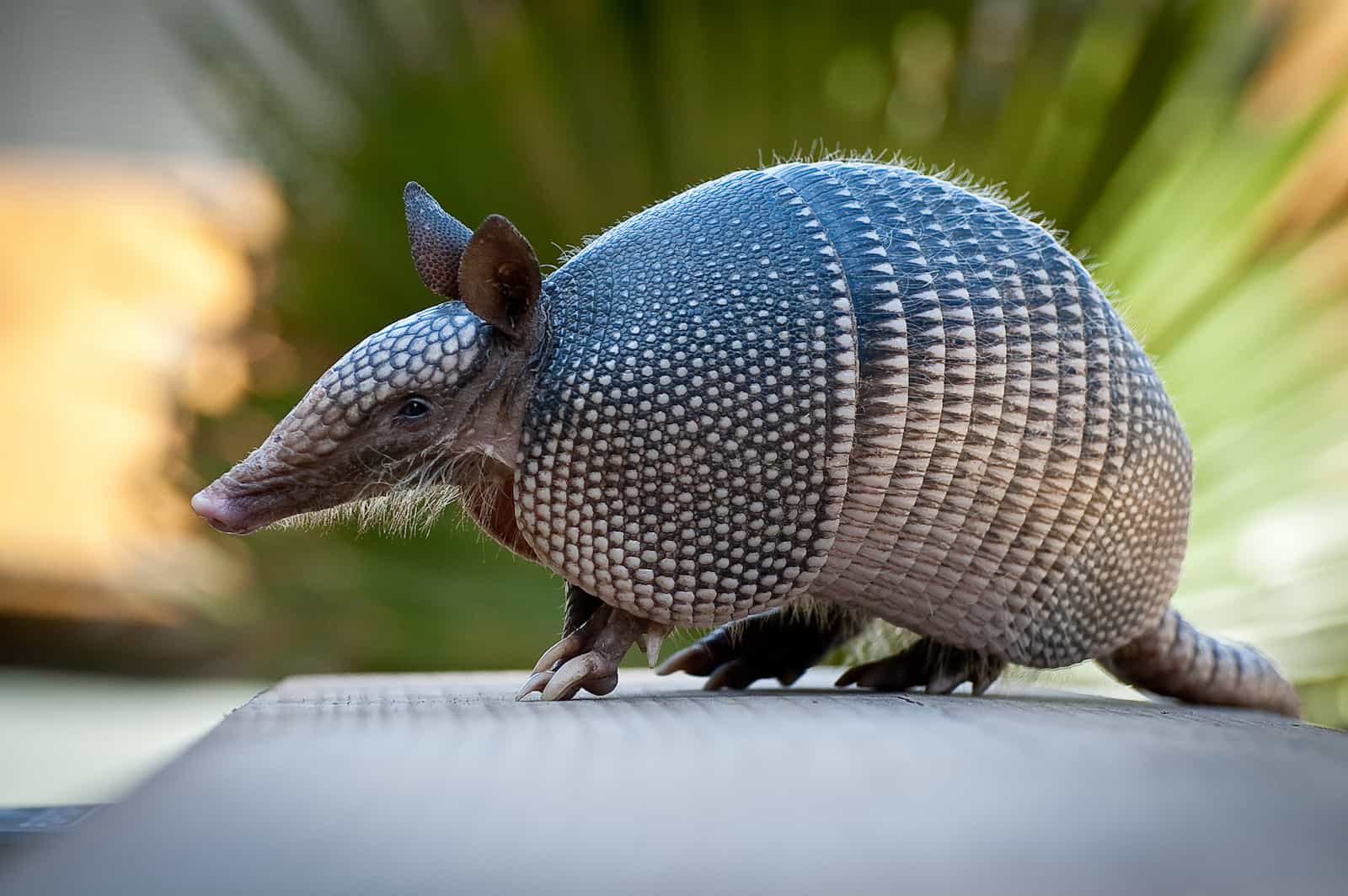
Nine-Banded Armadillo
Common Mammals:
White-tailed deer, marsh rabbit, nine-banded armadillo, eastern gray squirrel, bobcat, cotton mouse, Virginia opossum, striped skunk, raccoon, bottlenose dolphin
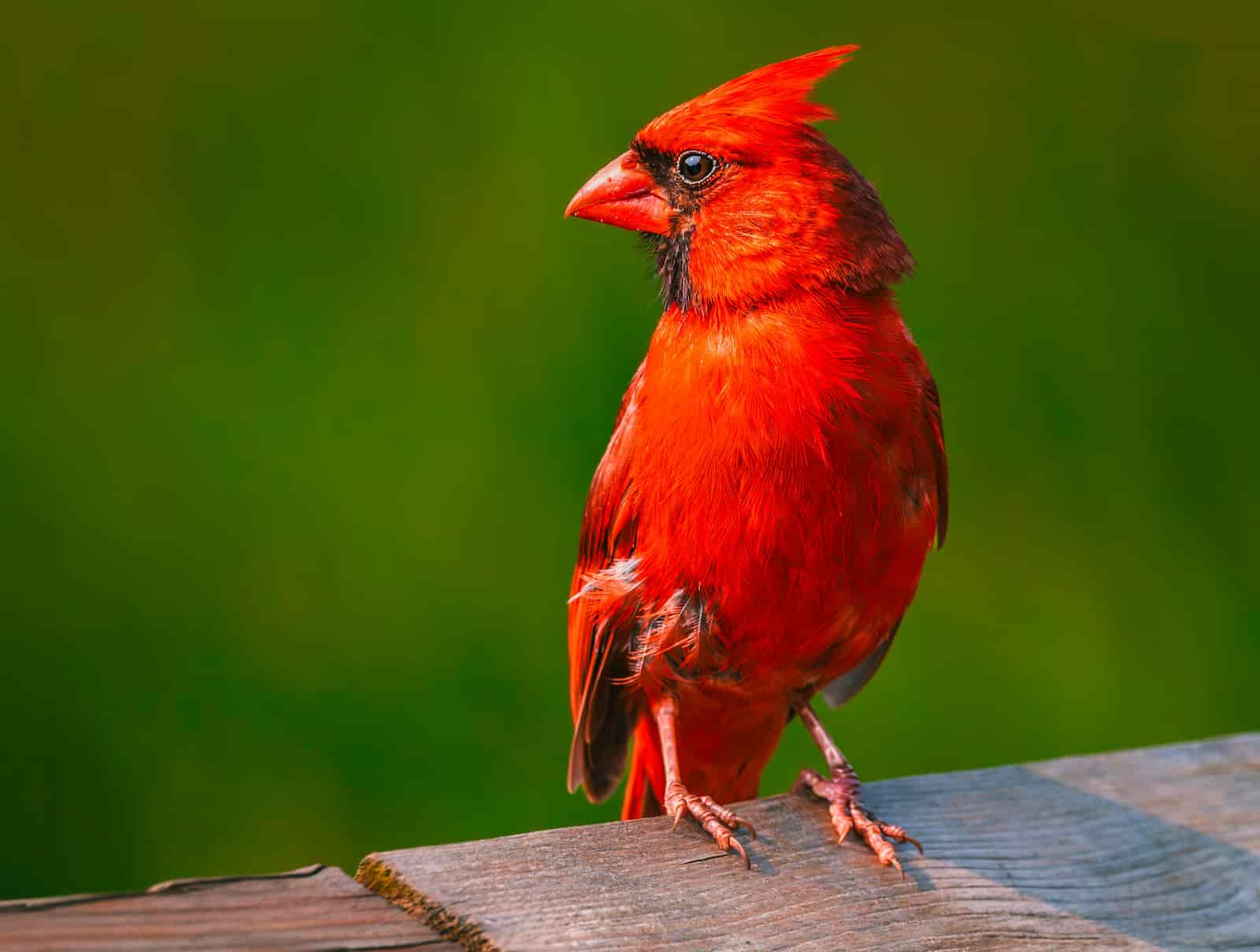
Northern Cardinal
Common Birds:
Northern cardinal, red-bellied woodpecker, great egret, great blue heron, tricolored heron, bald eagle, osprey, wood stork, anhinga, double-crested cormorant, roseate spoonbill
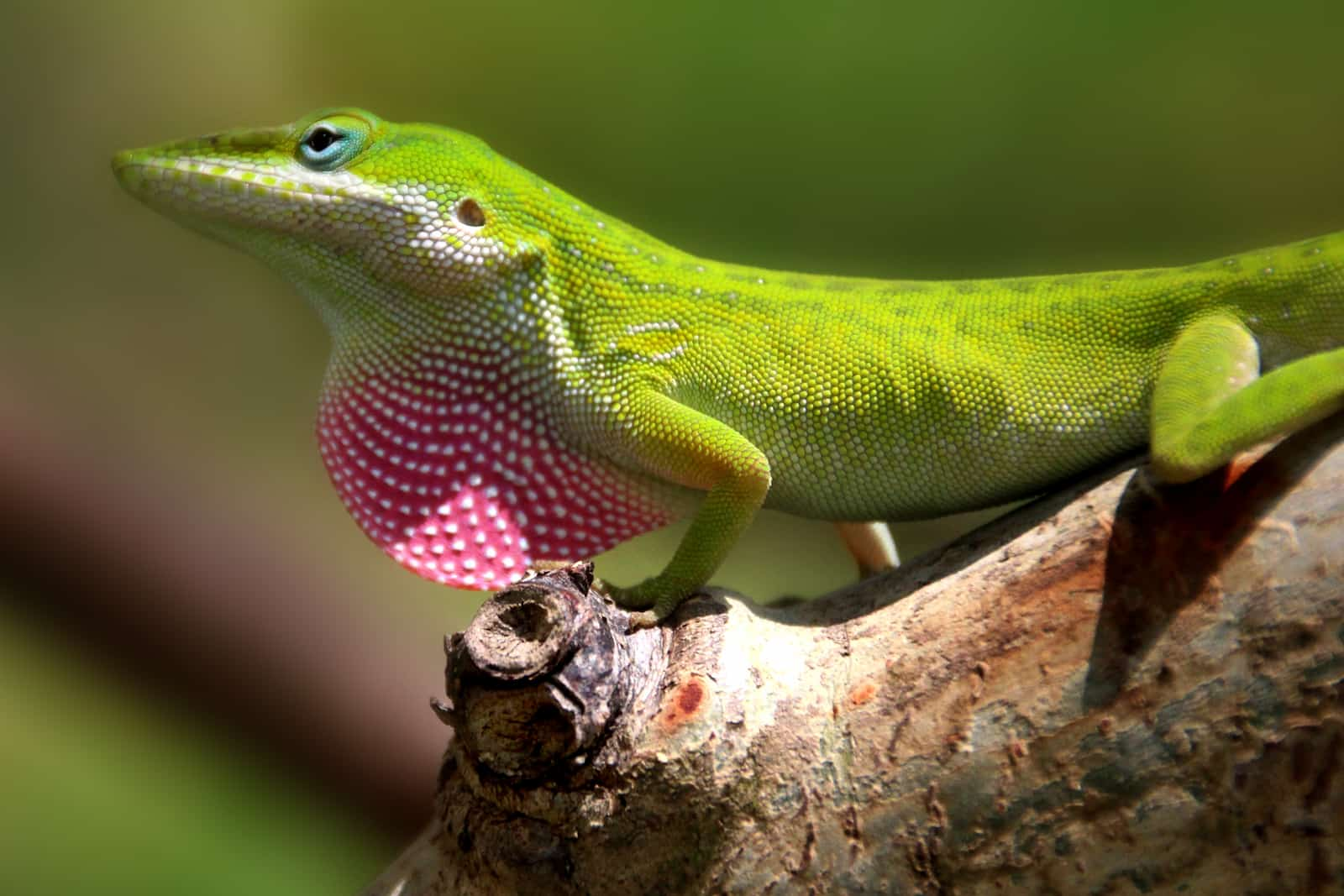
Anolis carolinensis or Green Anole
Common Reptiles and Amphibians:
American alligator, box turtle, gopher tortoise, green anole, southern toad, Florida cottonmouth, American tree frog
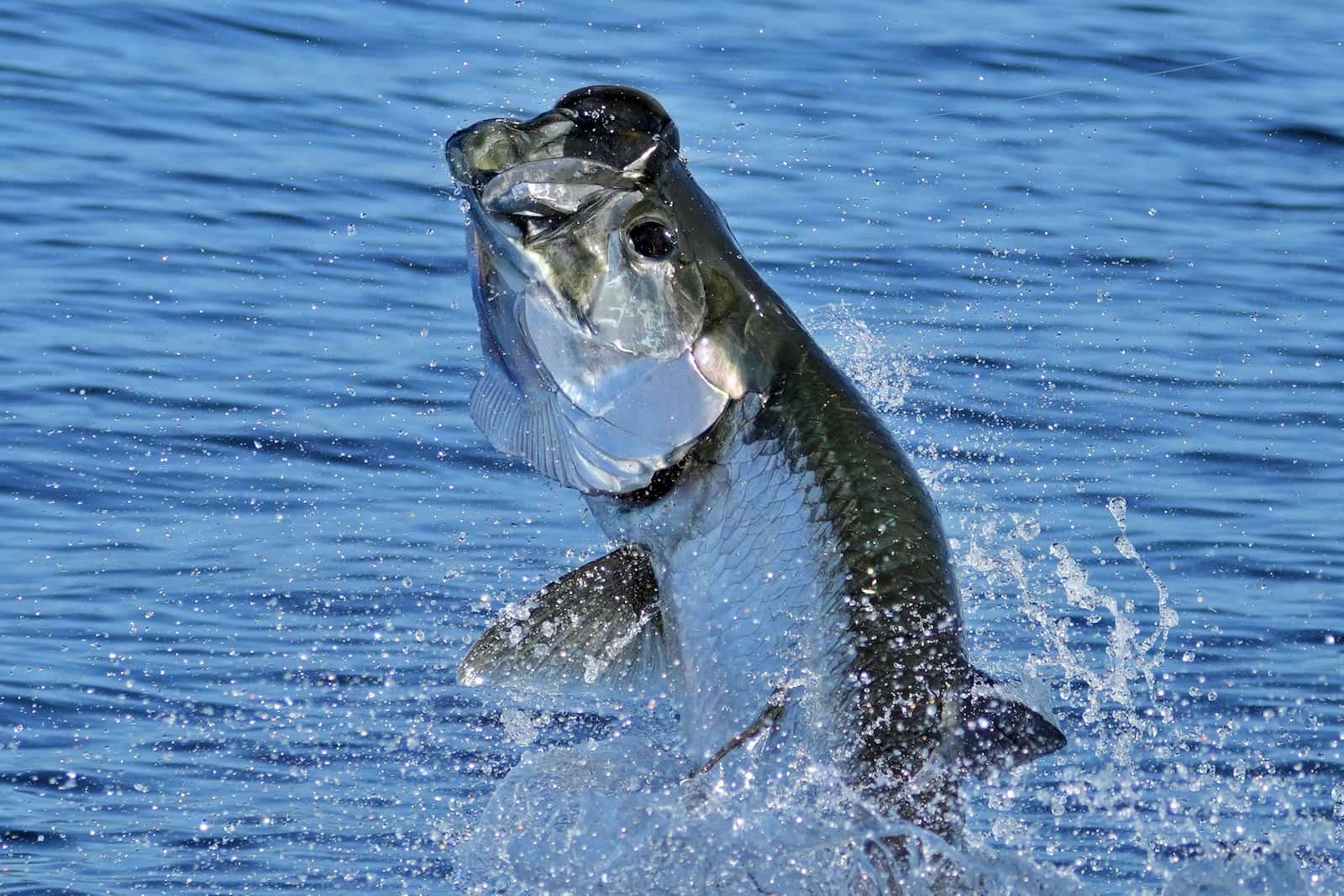
Tarpon Jumping
Common Fish:
Tarpon, Florida gar, snook, red drum, grouper, mangrove snapper, sheepshead, pinfish, blacktip shark, bull shark, tiger shark, hammerhead shark, bonnethead shark
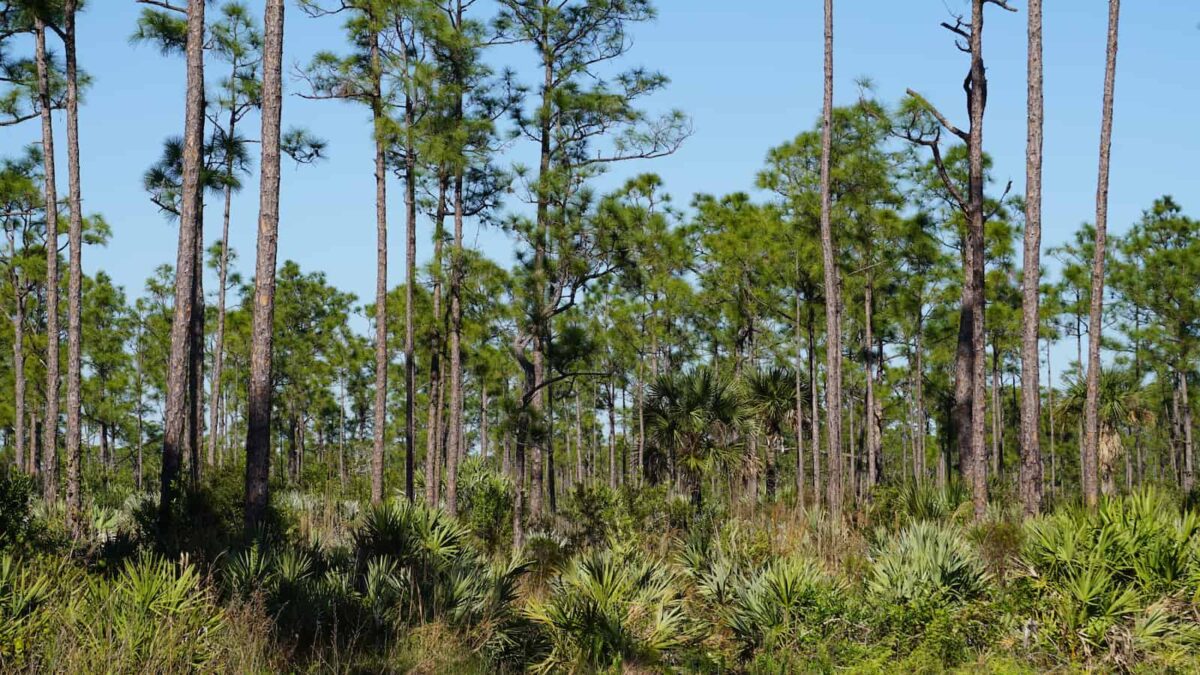
Florida Pine Forest
Common Trees:
Scrub pine, live oak, pin oak, red cypress, sabal palm, coconut palm, southern magnolia, bald cypress, longleaf pine, wax myrtle
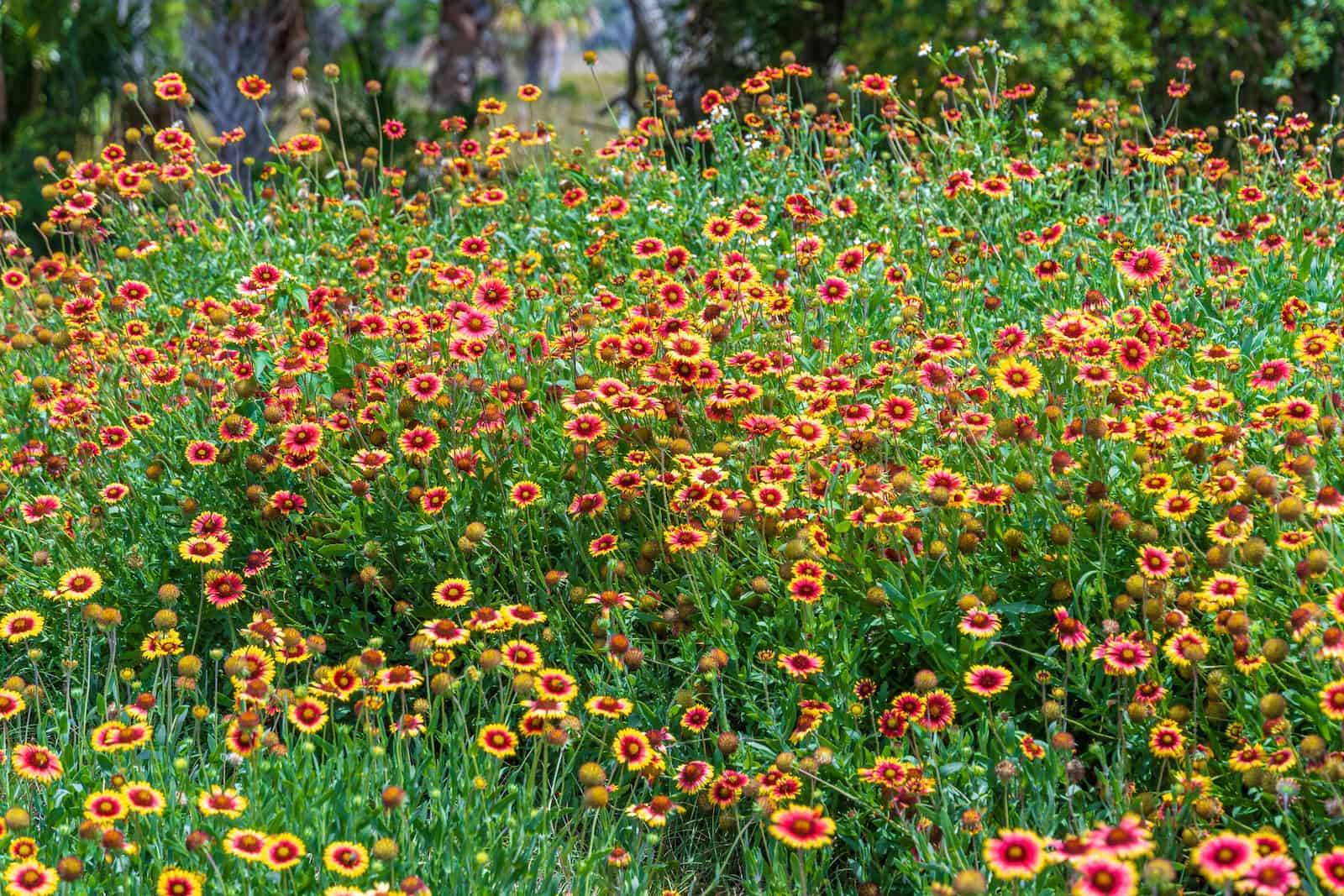
Firewheel a.k.a. Indian Blanket
Common Plants and Flowers:
Blanketflower, beach sunflower, firebush, tickseed, hibiscus, coontie, beautyberry, buttonwood, muhly grass, lovegrass, sea oats, Spanish needle
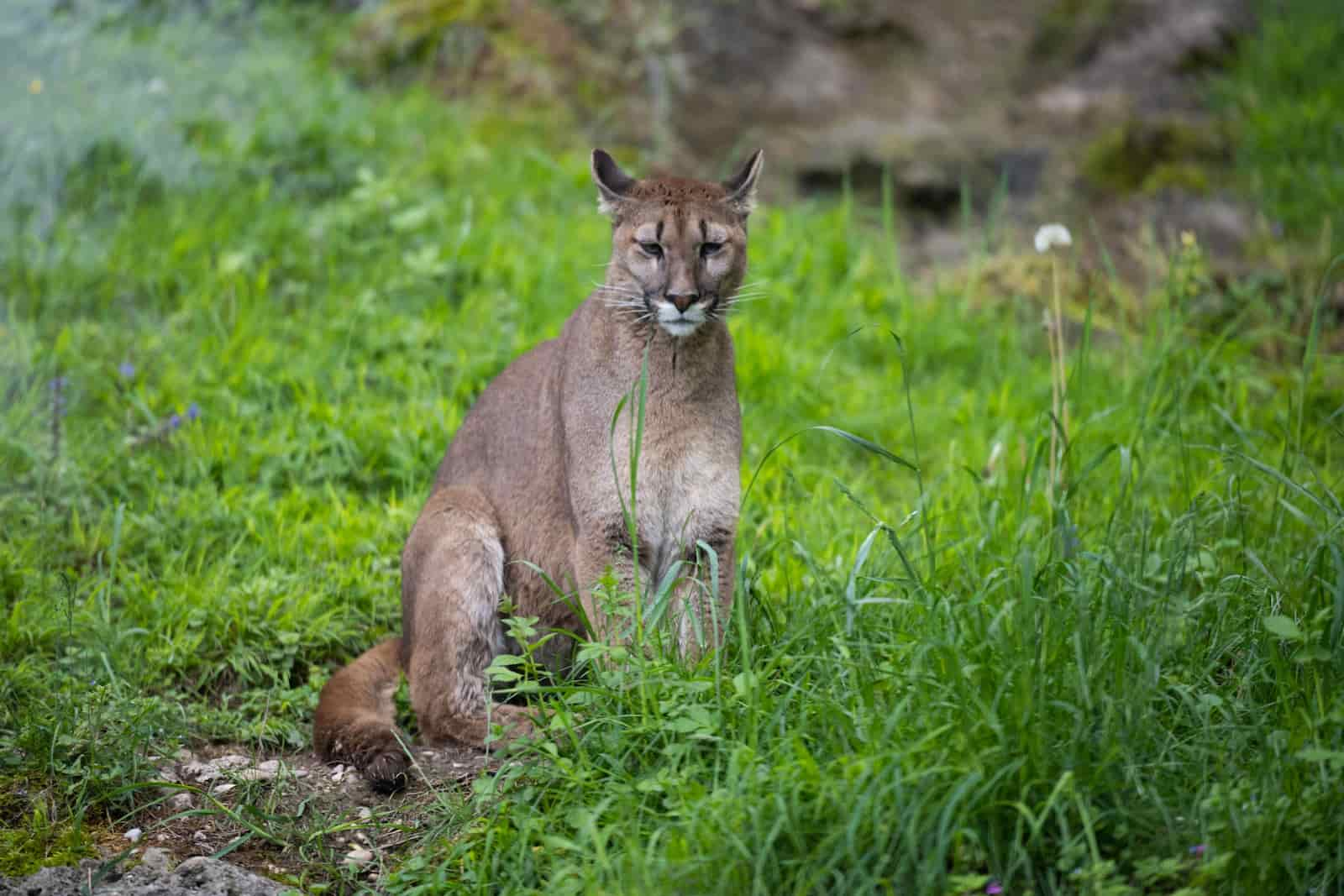
Florida Panther
Selected Endangered Species:
Florida panther, West Indian manatee, Florida scrub jay, Schaus swallowtail butterfly, Key deer, Miami blue butterfly, Florida grasshopper sparrow, loggerhead sea turtle
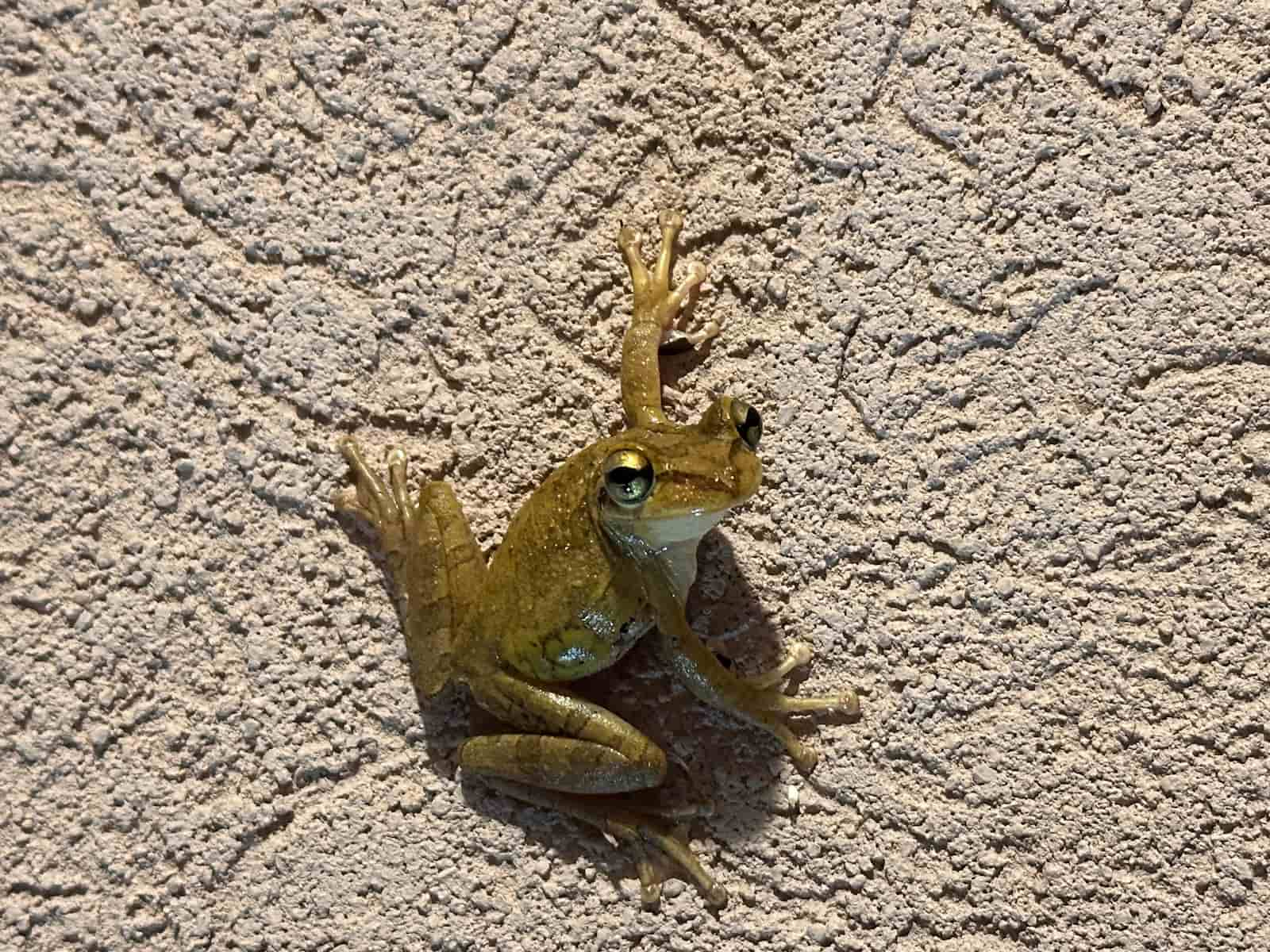
Cuban Tree Frog
Selected Invasive Animal Species:
Burmese python, Cuban tree frog, cane toad, green iguana, brown anole, fire ant, lionfish
?
DID YOU KNOW?
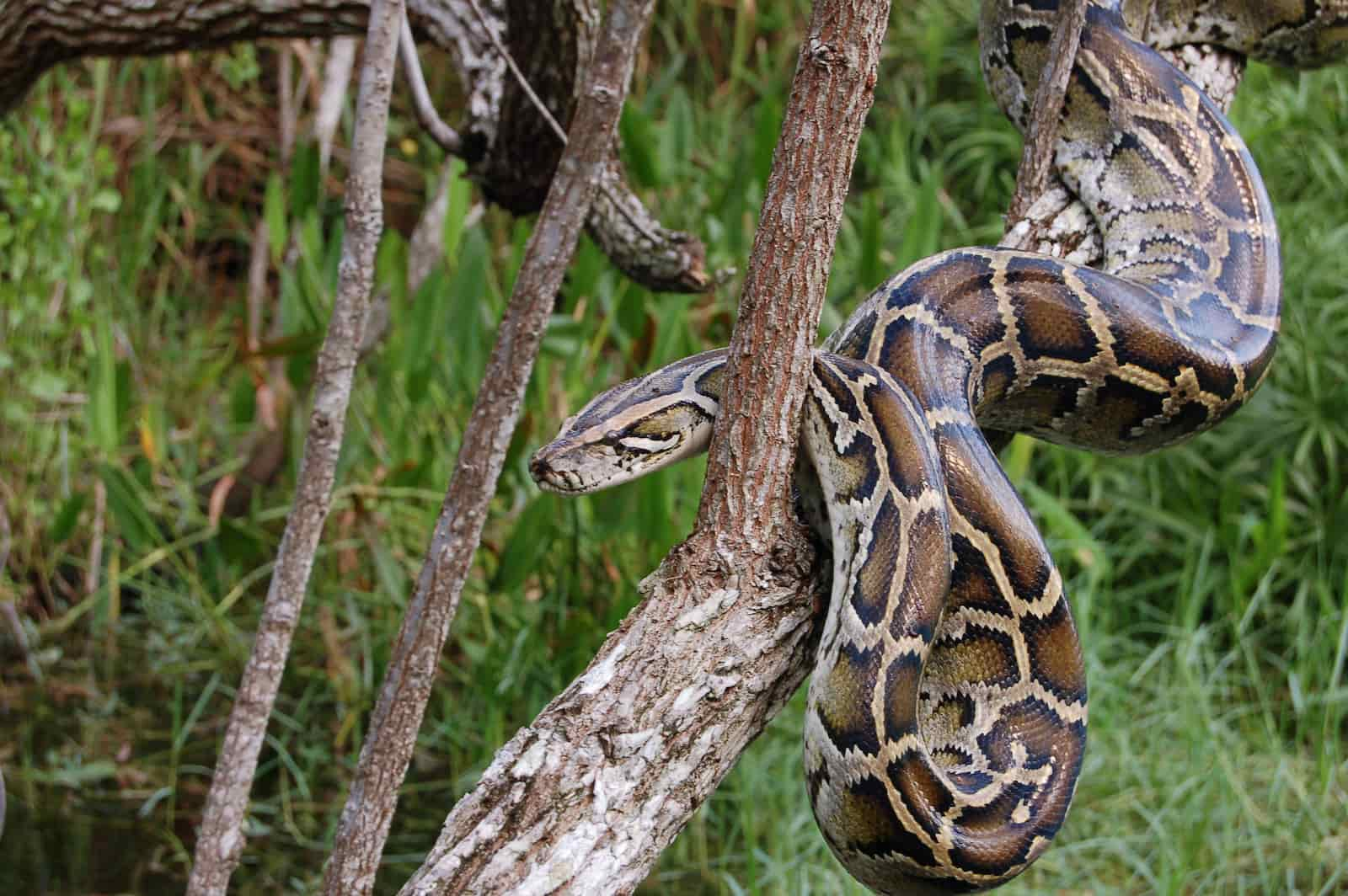
Burmese Python in the Everglades
Since the accidental introduction of Burmese pythons into the Florida Everglades in the 1990s, small mammal populations have declined by as much as 99%, and some (rabbits and foxes) have disappeared entirely. Even local bobcats are prey for this voracious snake, and their population has declined by more than 87% since 1997.
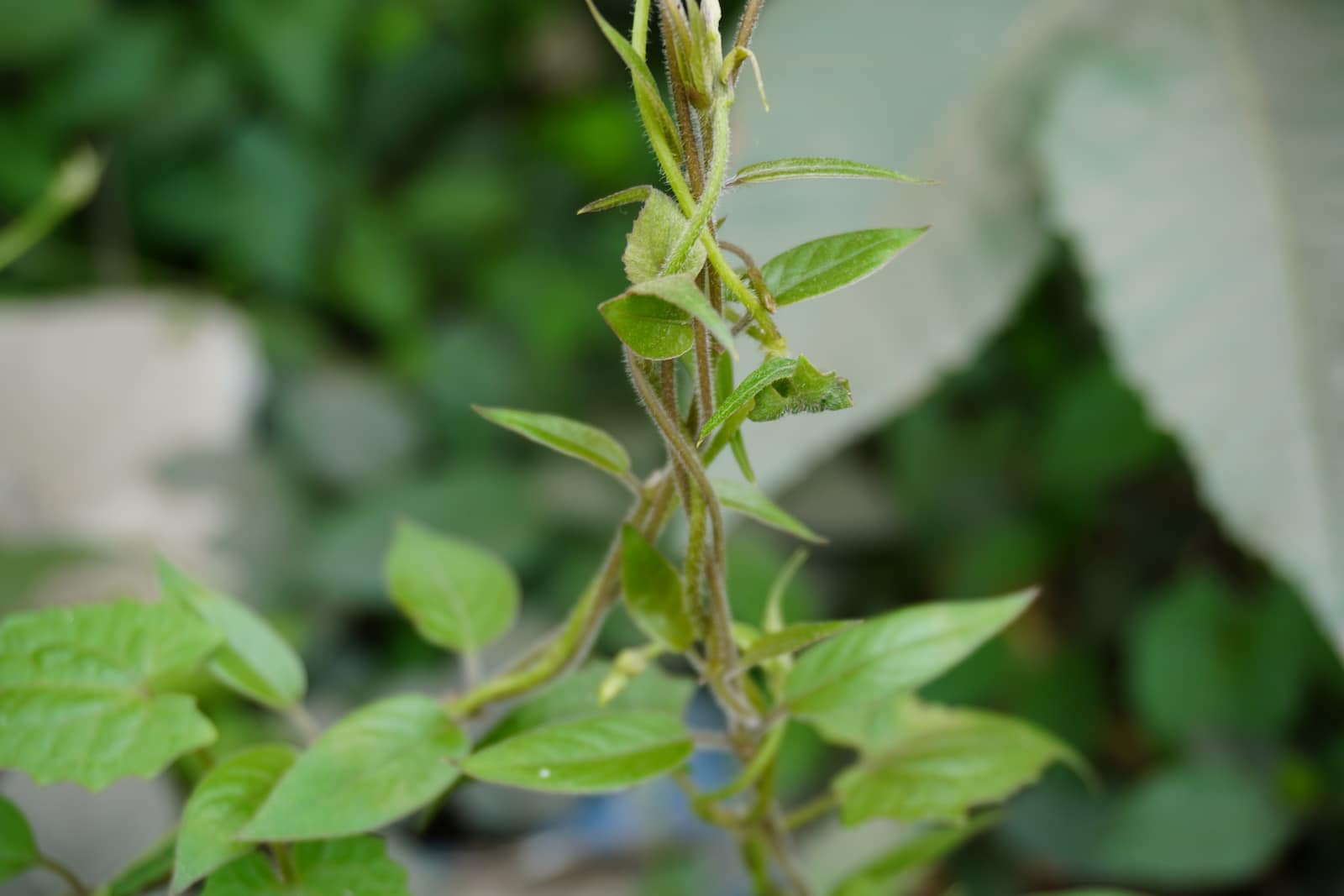
Paederia foetida, Commonly Known as Skunk Vine or Stinkvine
Florida also has invasive plant species, including Australian pine, skunk vine, Brazilian pepper, water hyacinth, heavenly bamboo, kudzu, callery pear, castor bean, Mexican petunia, wedelia, Caesar weed, oyster plant

FLORIDA HISTORY FACTS
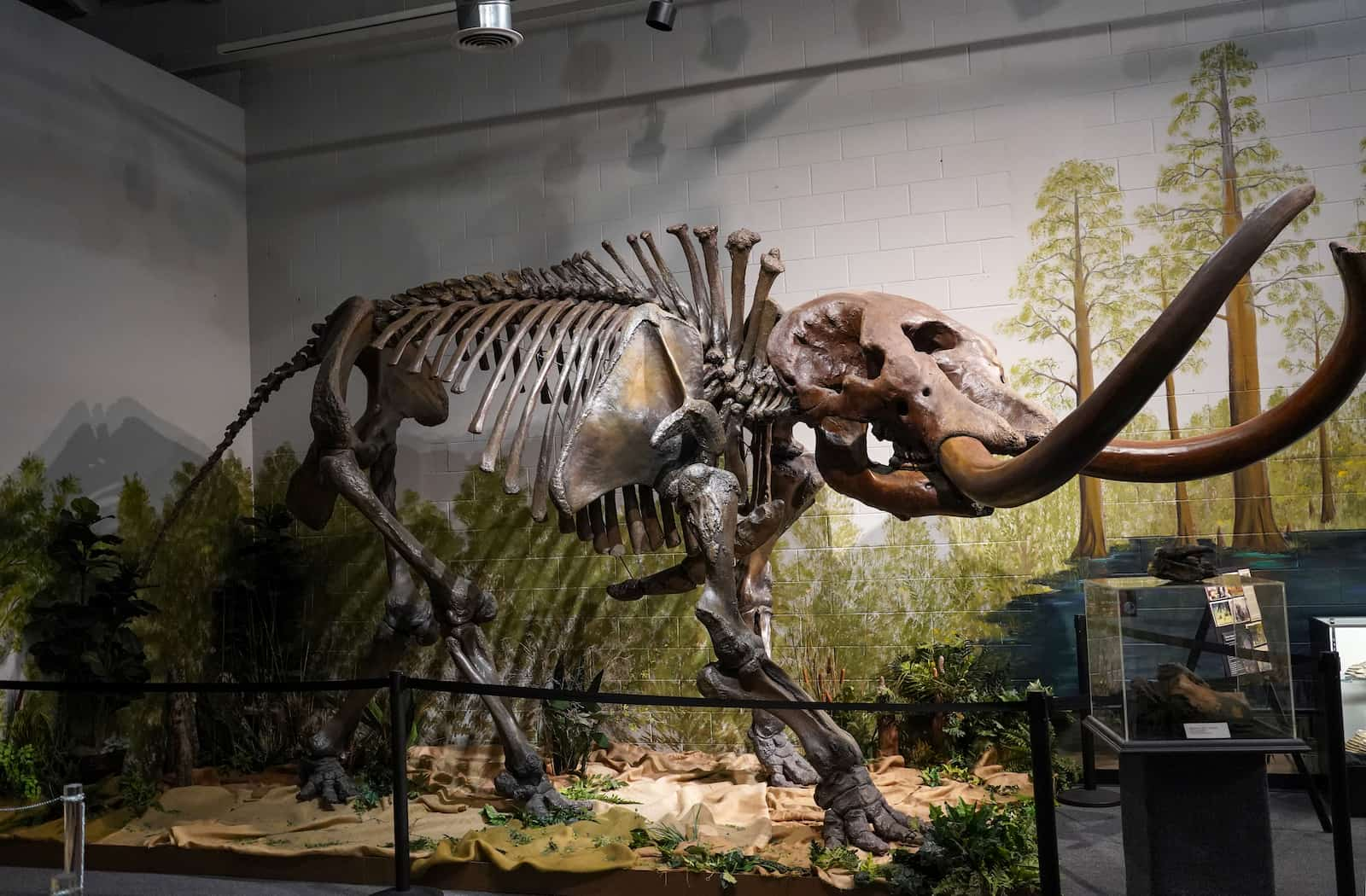
Recreation of a mastodon at the Brevard Museum of History and Natural Science.
First Inhabitants:
The first people came to the Florida peninsula around 14,000 years ago, following big game animals like mastodons, mammoths, and bison. Over time, the combination of climate change (higher sea levels and more rainfall) and human hunting caused these mammals to become extinct.
Native Americans:
There were likely around 250,000 indigenous people living in Florida when the Spanish arrived. The Timucua, who made up the majority, lived in the north and farmed the land. The Calusa were expert fishermen who built villages in the southern part of the peninsula, mainly on the coast. By the late 1700s, these native groups were nearly gone due to disease, war, and loss of land.
?
DID YOU KNOW?
The Calusa lived mainly on shellfish and created huge midden mounds of the discarded shells. Some of these mounds were so big they created entire islands for people to live on!

Ponce de León Statue
First European Visitor:
In 1513, Juan Ponce de León of Spain was the first documented European to set foot in Florida. He claimed the land for Spain, but assumed it was an island instead of a peninsula of the mainland.
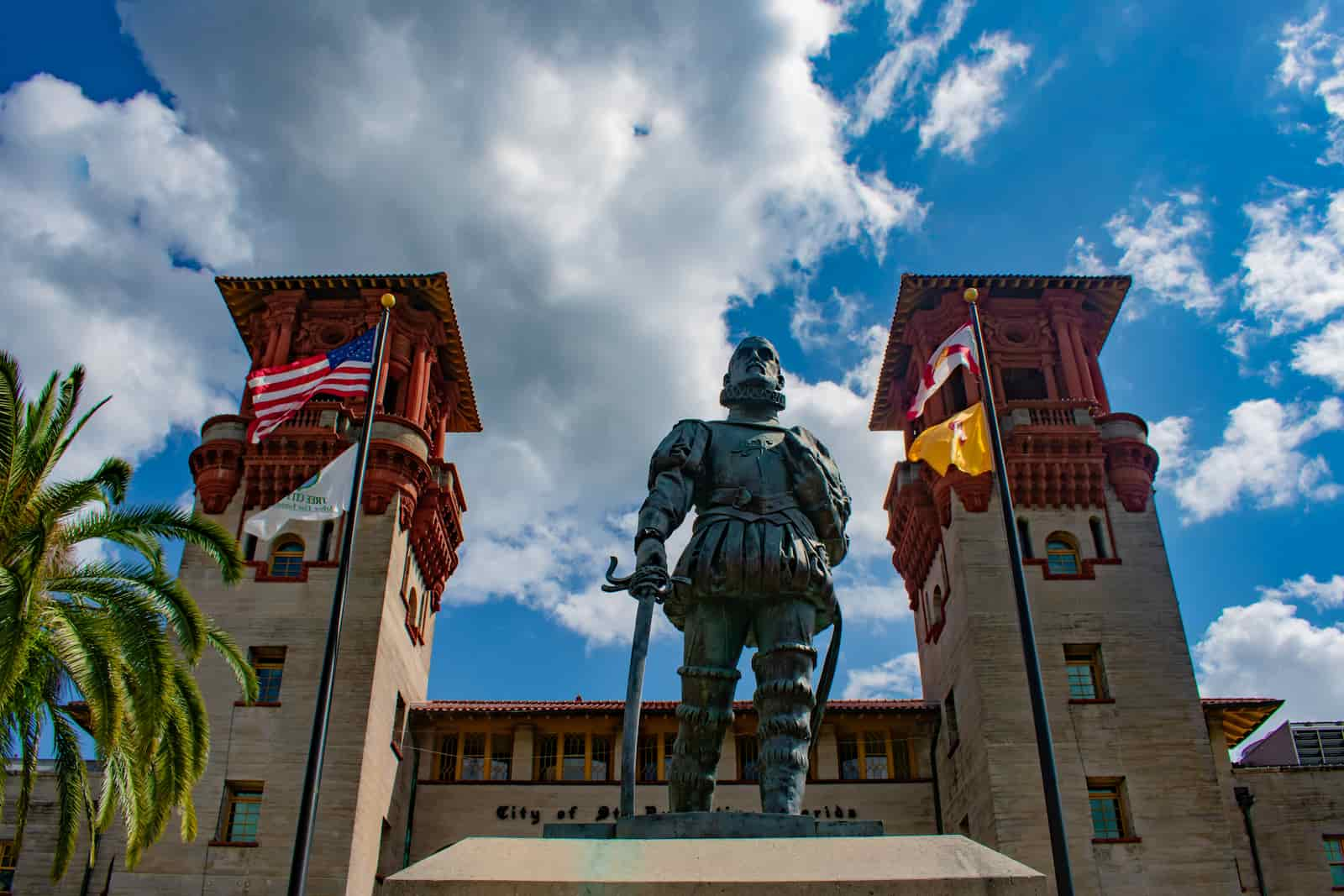
Pedro Menéndez de Avilés Statue
Spanish Occupation:
Many Spanish explorers tried to establish settlements in Florida, but were defeated by the difficult weather, harsh environment, and local native people. In 1565, Pedro Menéndez de Avilés led an expedition to found St. Augustine, which still stands today.
British Occupation:
For the next few centuries, countries like France, Spain, and England fought over Florida as a valuable territory. The Spanish traded Florida to the British in 1763 in exchange for Havana, but the English returned it to them after just 20 years.
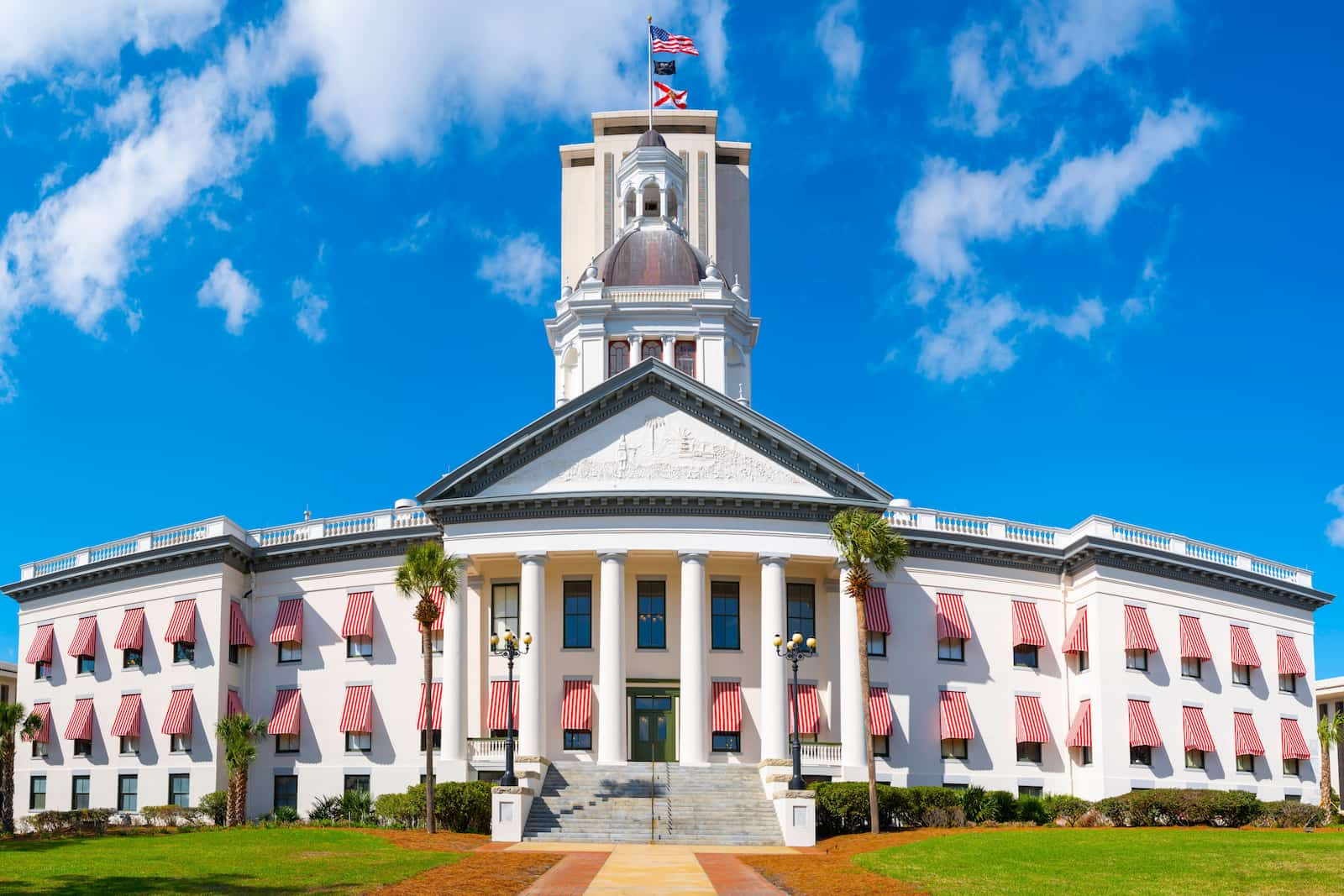
Tallahassee became Florida’s state capitol in 1824
U.S. Colony:
In the following decades, as the United States became its own country, more settlers moved into the territory. Eventually, in 1819, Spain ceded the territory to the U.S. through a treaty.
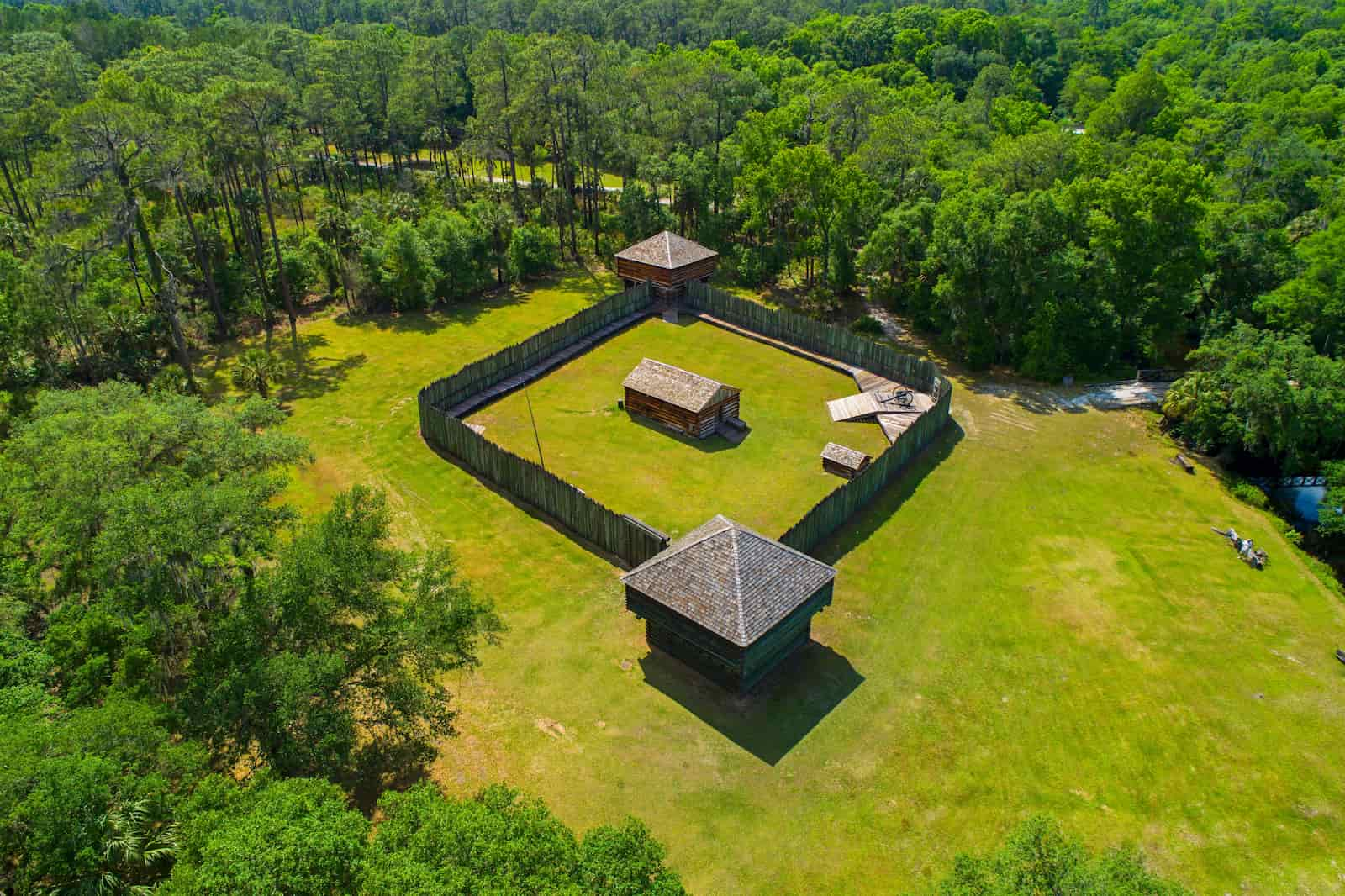
Fort Foster is a Second Seminole War era fort in Central Florida
Seminole Wars:
Between 1817 and 1858, there were three major conflicts between the U.S. Army and the Seminole people, who were made up of different Native groups and others pushed from lands farther north. Even though many were killed or forced to move, some Seminoles escaped into the Everglades, where their families still live today.
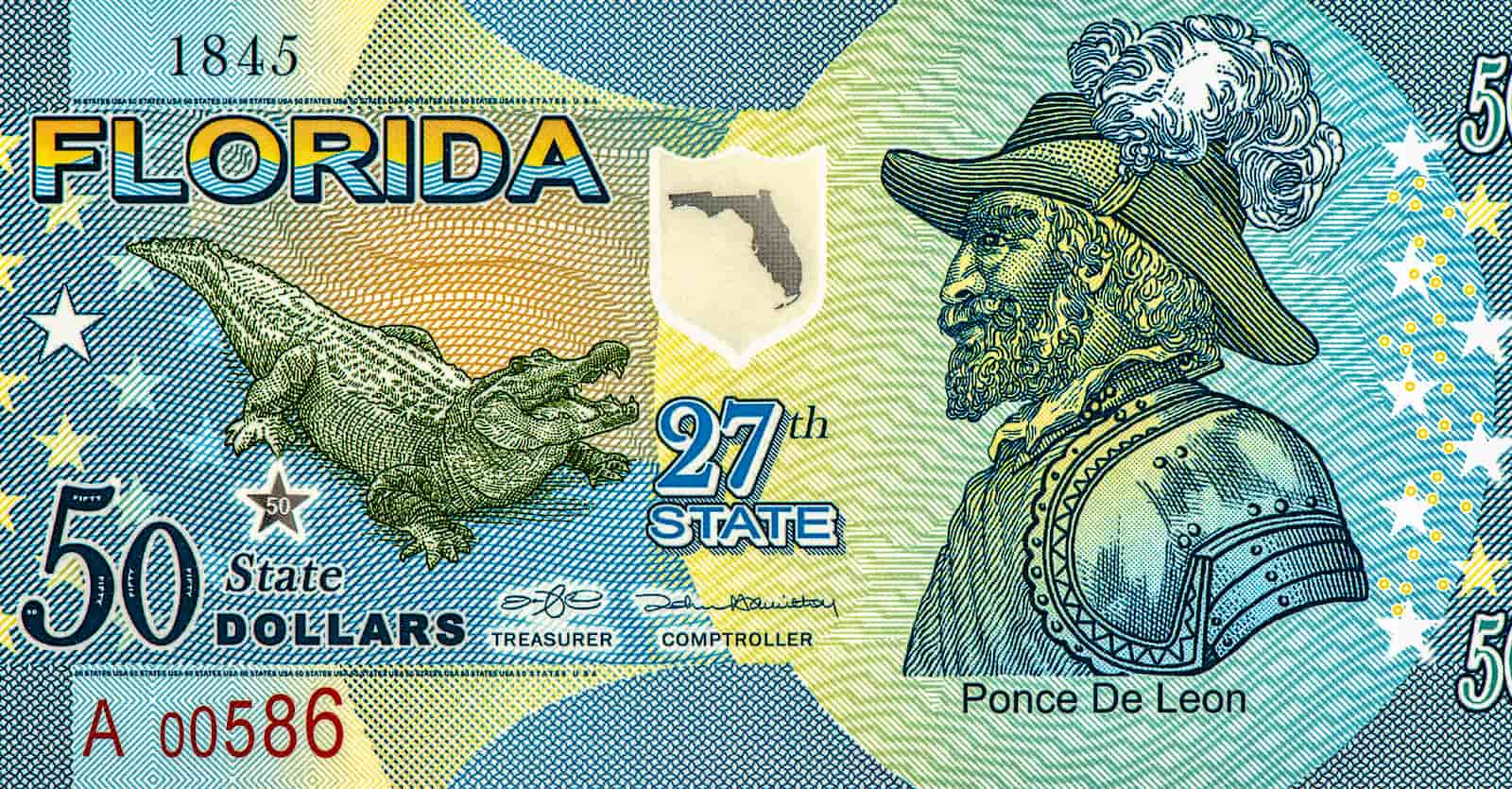
Fictional $50 “State Dollar” for Florida
U.S. Statehood:
Florida officially became the 27th U.S. state on March 3, 1845. Some thought it should come into the union as two separate states, East Florida and West Florida, as the British had divided the territory, it ultimately became one single state.
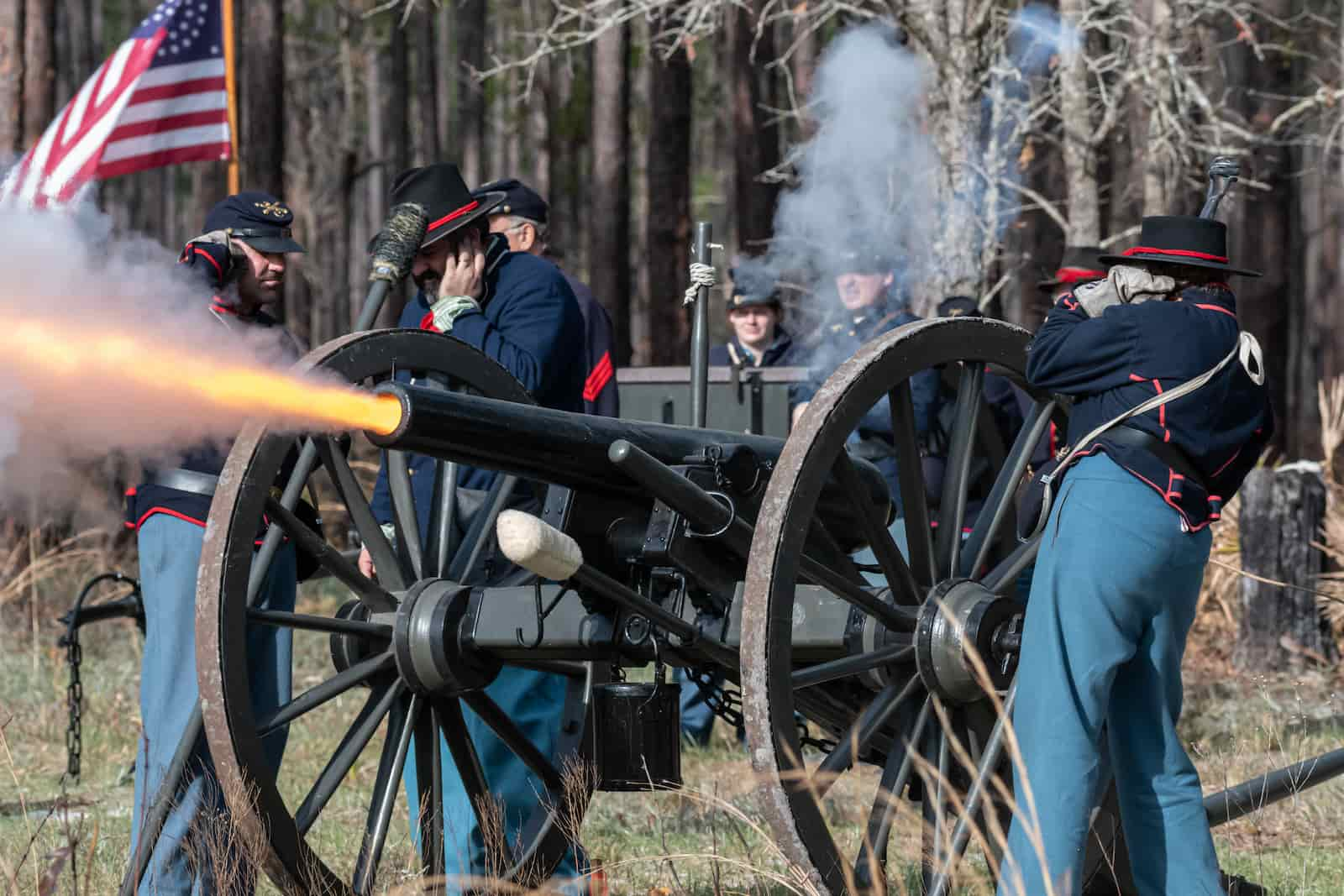
Olustee Battlefield Historic State Park
Civil War:
Florida seceded from the Union in 1861 as a Confederate state. Several battles were fought in the state, including one at Olustee.
?
DID YOU KNOW?
The Union held onto Fort Jefferson in the Dry Tortugas throughout the war. They used it as part of the southern blockade and as a prison. Its most famous prisoner was Dr. Samuel Mudd, who set the leg of John Wilkes Booth the morning after he assassinated Abraham Lincoln.

Florida Scrub cattle
Cattle Country:
Cattle ranching in Florida began in the 1500s with the early Spanish colonizers. Today, Florida is still one of the top cattle-producing states, with ranches that have been passed down through families for generations.
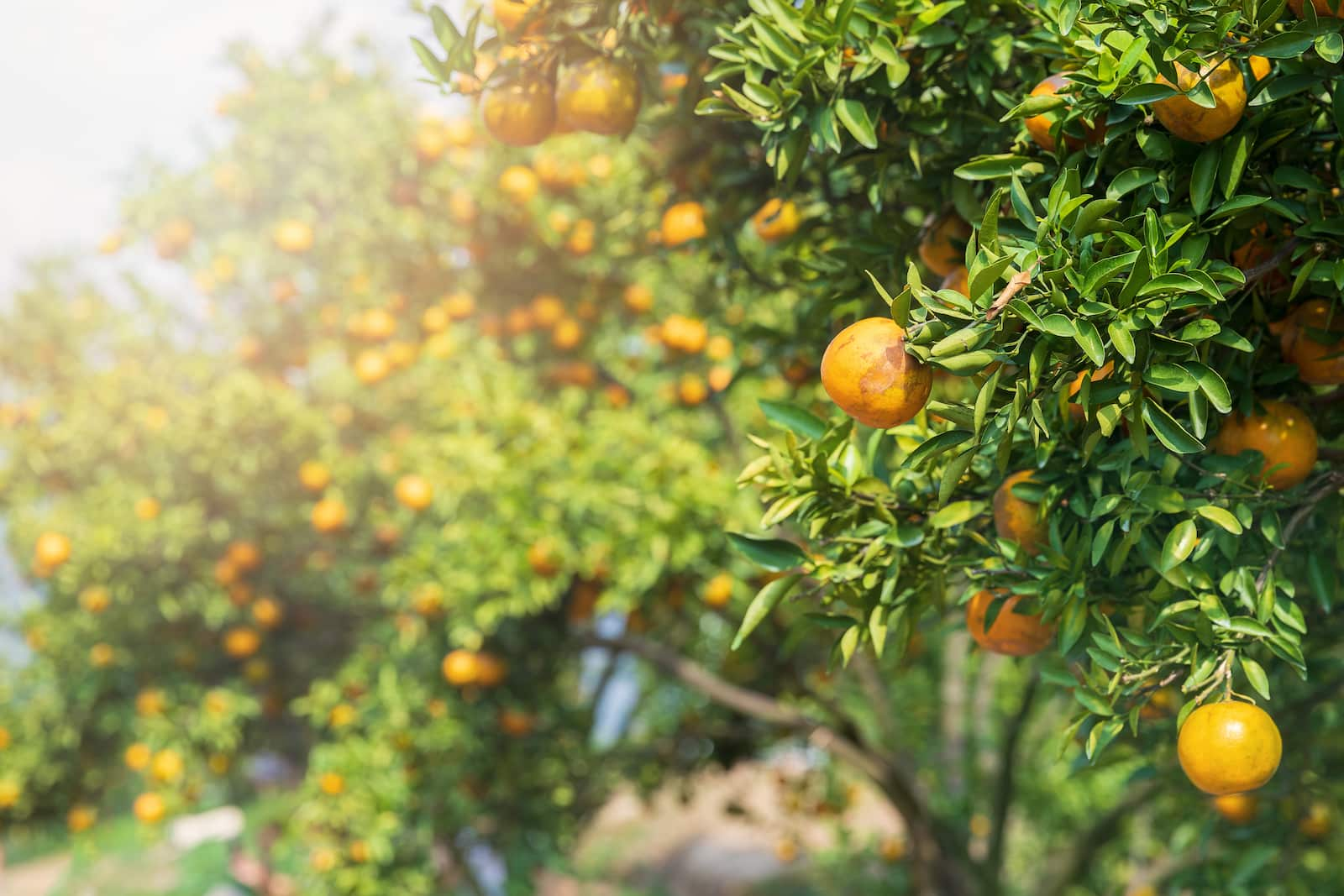
Orange orchard
Citrus Groves:
The Spanish also brought citrus trees to Florida, and the state has become well-known as a top producer of oranges and orange juice.
?
DID YOU KNOW?
Florida is the nation’s leading producer of sugarcane and sugar. About 25% of the cane sugar made in the U.S. comes from the Sunshine State.
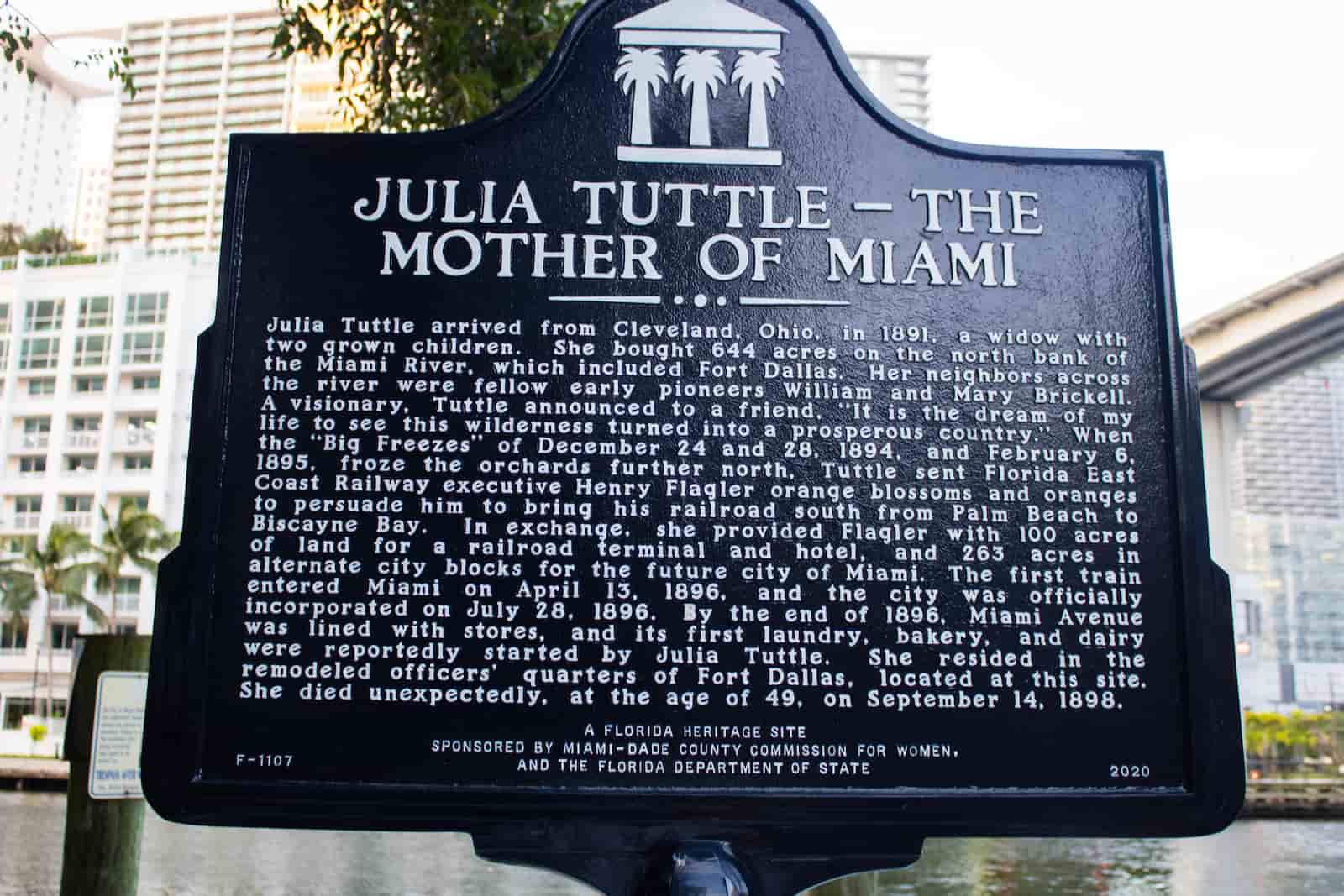
Julia Tuttle Memorial
Vital Railroads:
Miami began as a small settlement, but it grew quickly after Julia Tuttle, known as the “Mother of Miami,” convinced a railroad company to extend down to the area in 1896. On the west coast, Tampa benefited from Henry Plant’s railroad around the same time.
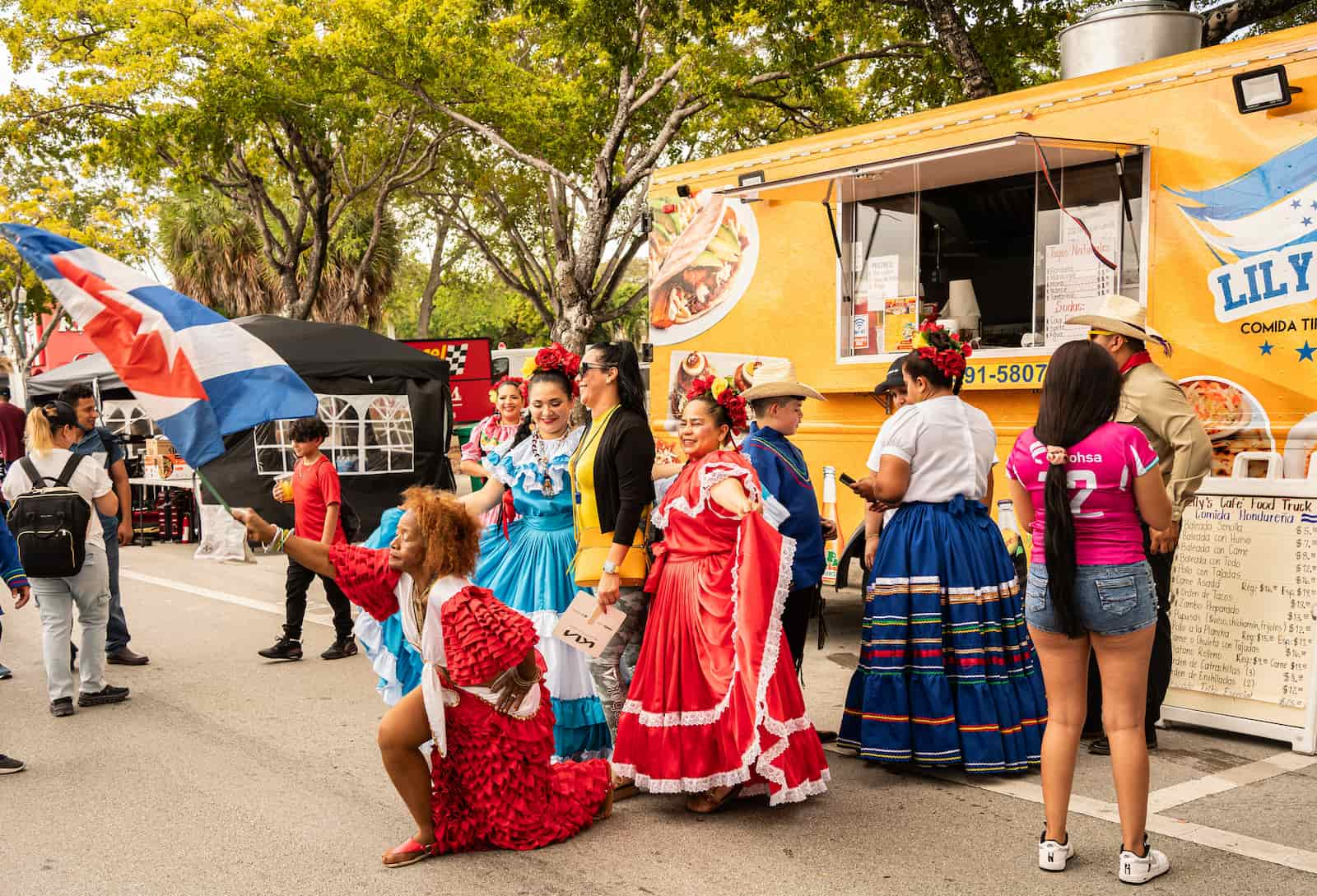
Cuban festival in Little Havana, Miami
Cuban Refugees:
After Fidel Castro came to power in Cuba in 1959, thousands fled the country. Within a few years, more than 200,000 Cubans had arrived in Florida, mainly to Miami. Others followed in the years to come, and the Cuban refugee population is now more than one million.
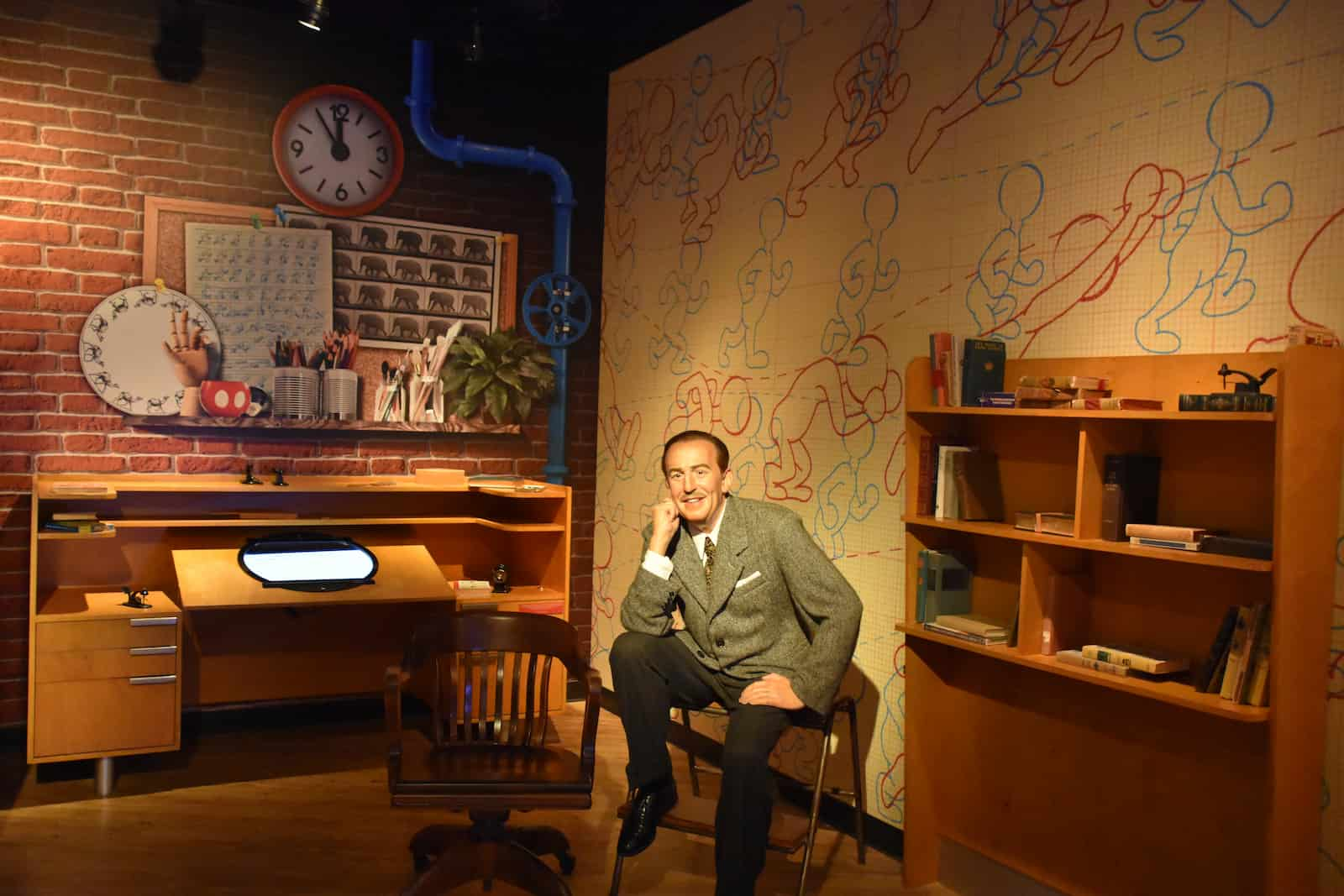
Walt Disney at Madame Tussauds Wax Museum in Orlando, Florida
Disney’s Land:
After the success of DisneyLand in California, Walt Disney wanted a place to build new, bigger theme parks. He chose Florida as the perfect place, and Walt Disney World opened in 1971 near Orlando.
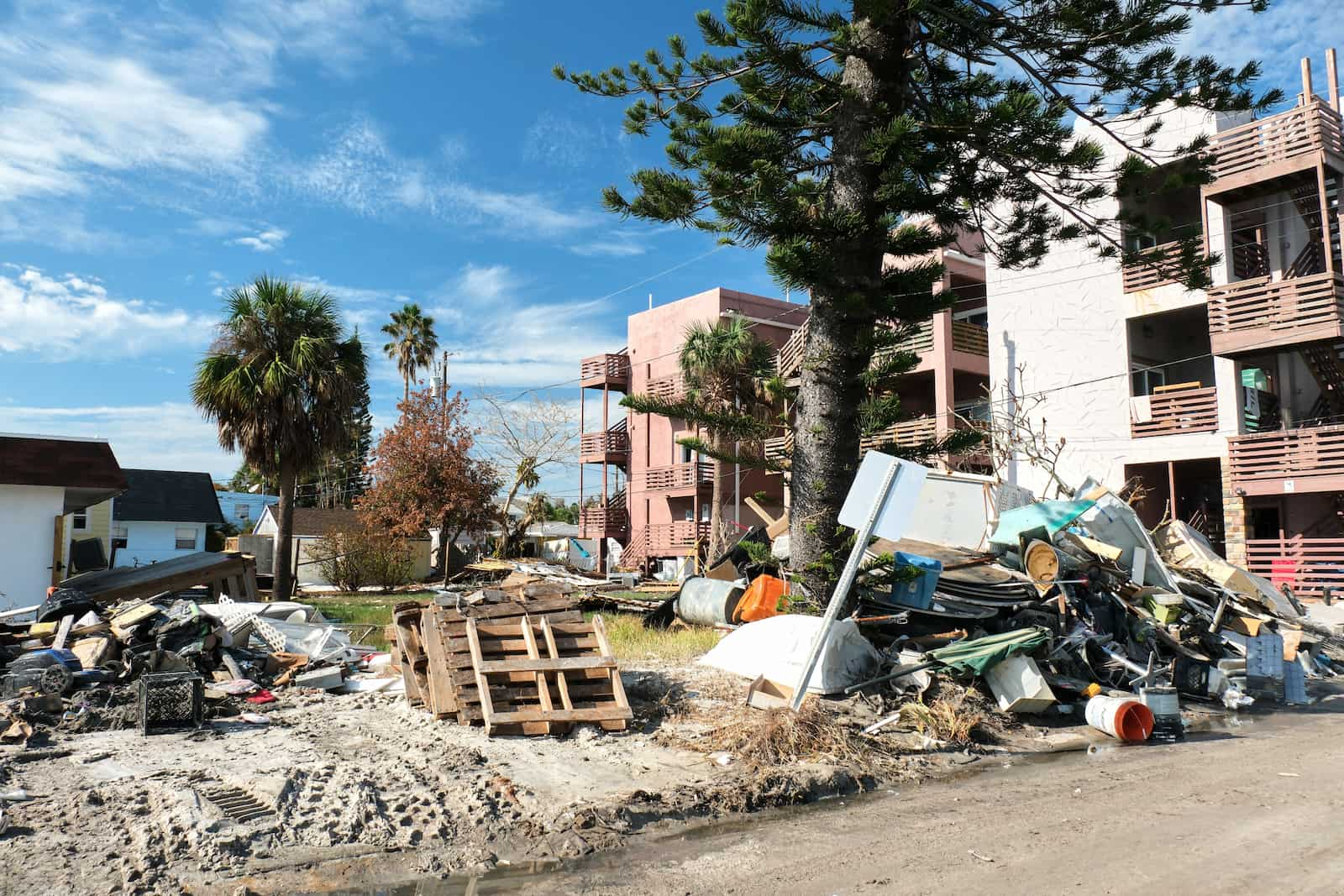
Damage along the Pinellas County beaches from Hurricane Helene
Hurricane History:
Since 1850, every part of Florida has been affected by hurricanes. The strongest on record was the Labor Day Hurricane of 1935, which hit the Florida Keys with 185 mph winds. 1992’s Hurricane Andrew destroyed large parts of the Miami area. In 2022, Hurricane Ian came ashore near Fort Myers and caused an estimated $109 billion dollars in damage.
?
DID YOU KNOW?
50 million people visit Disney World every year. Magic Kingdom is the most popular park, followed by Epcot, Hollywood Studios, and Animal Kingdom.

More Activities…
-
10 Festive & Free Printable Christmas Crafts for Kids (with Templates!)
Download free printable Christmas crafts for kids—perfect for fun, festive, hands-on holiday activities at home or in the classroom.
-
Pattern Activities for Preschoolers and Kindergarteners
Explore fun pattern games, printables, and hands-on activities that help preschoolers build early math and logic skills through play.
-
15+ Sensory Play Ideas for Home or Classroom
Explore fun sensory play ideas to spark creativity and support child development—perfect for home or classroom activities.
-
15+ Cooperative Play Activities for Home or Classroom
Explore 15+ fun cooperative play ideas that help kids build teamwork, communication, and social skills at home or in the classroom.
-
Number & Counting Activities for Preschoolers: 25 Fun + Easy Ideas
Discover 25+ fun and educational play-based learning activities for preschoolers and kindergarteners. Boost creativity, motor skills, and critical thinking through play!
-
Letter A: Free Games, Printables, Crafts, and Song for Kids
Discover free Letter A games, worksheets, crafts, and songs for kids! Make learning the letter A fun and interactive with engaging activities for home or classroom…


